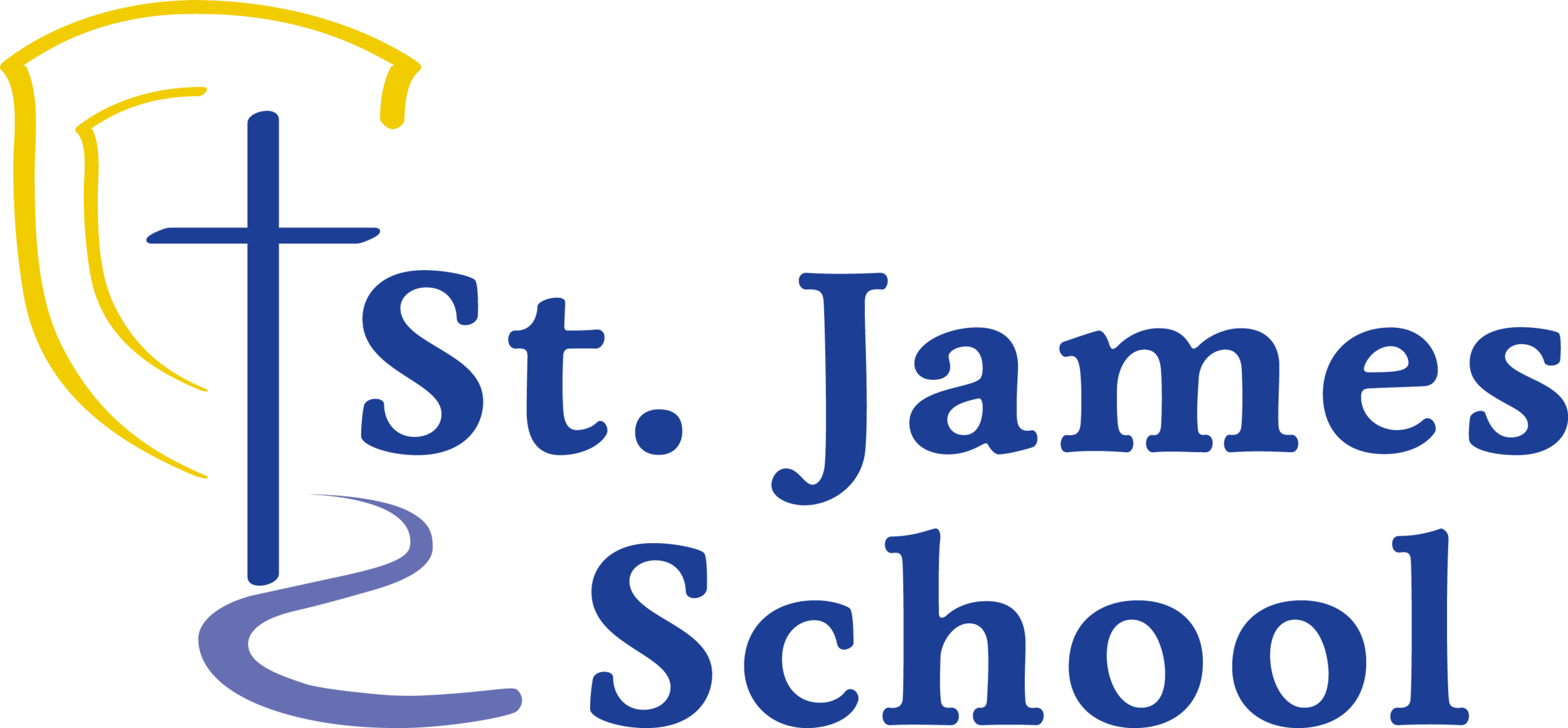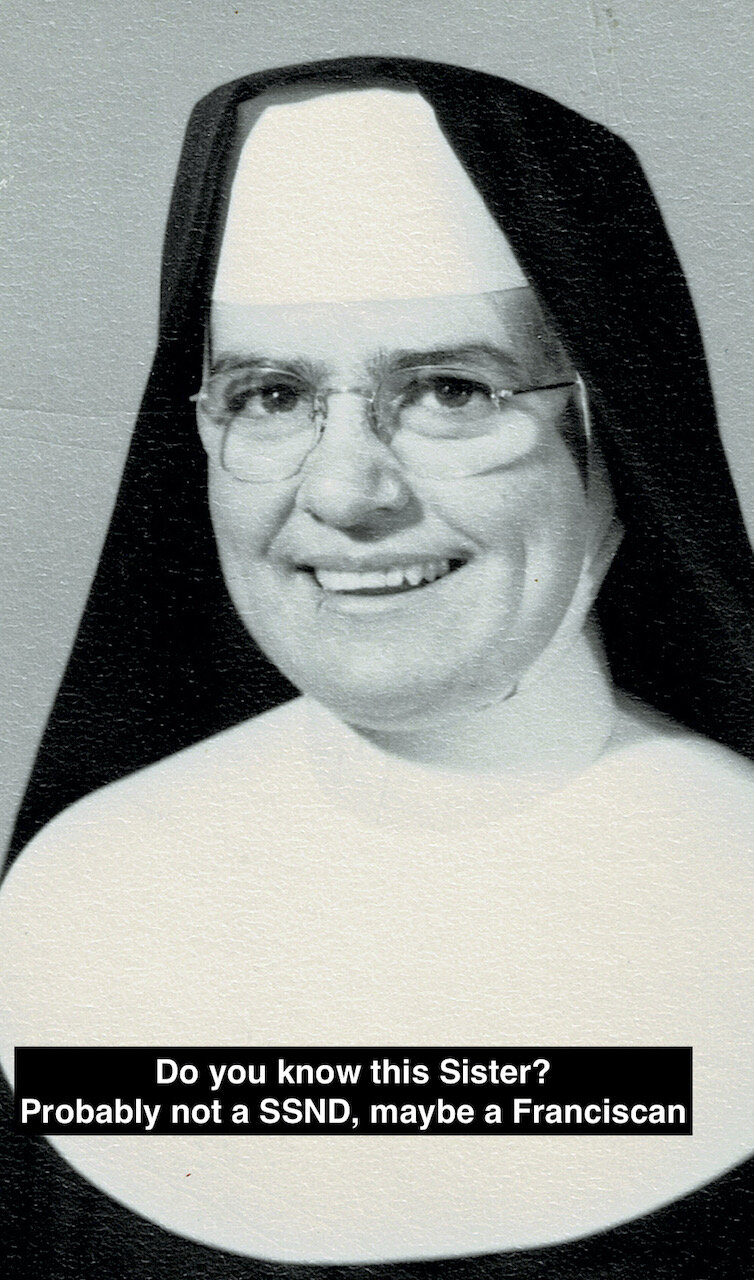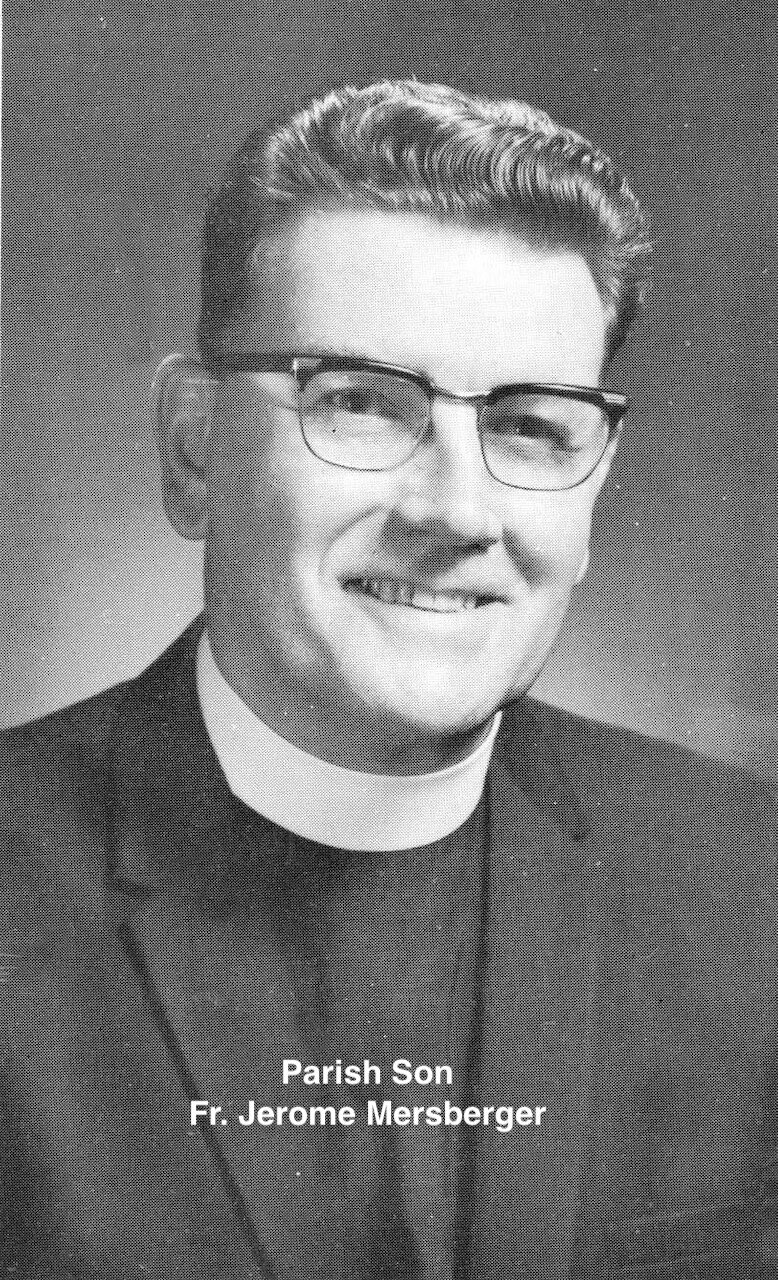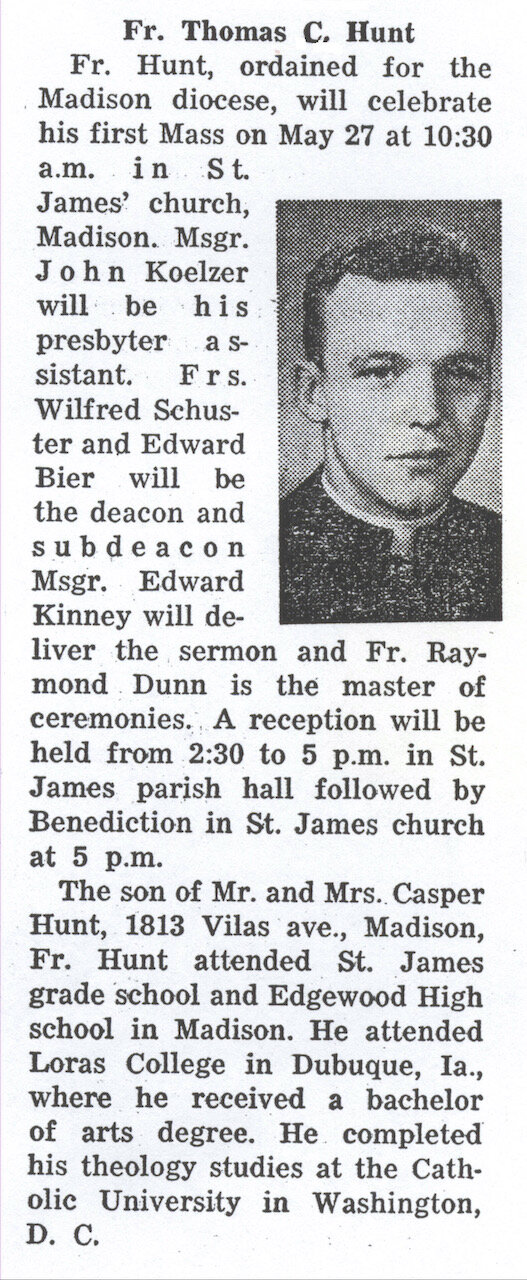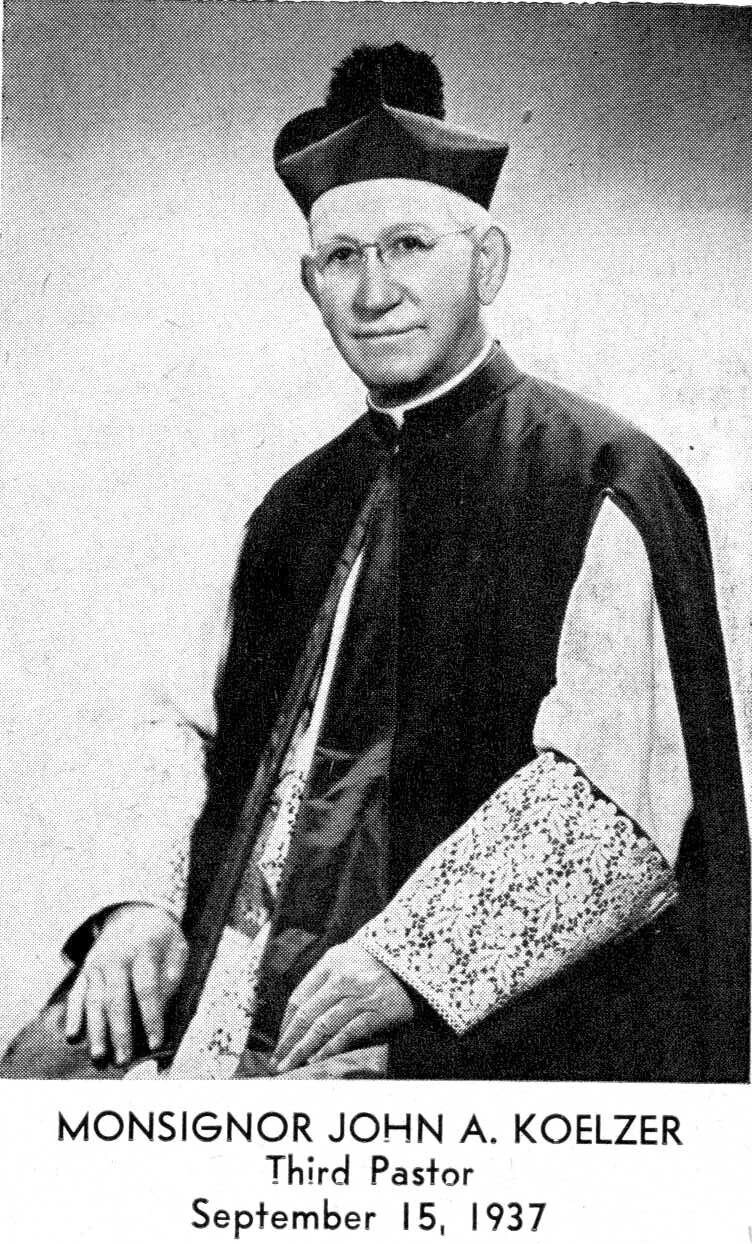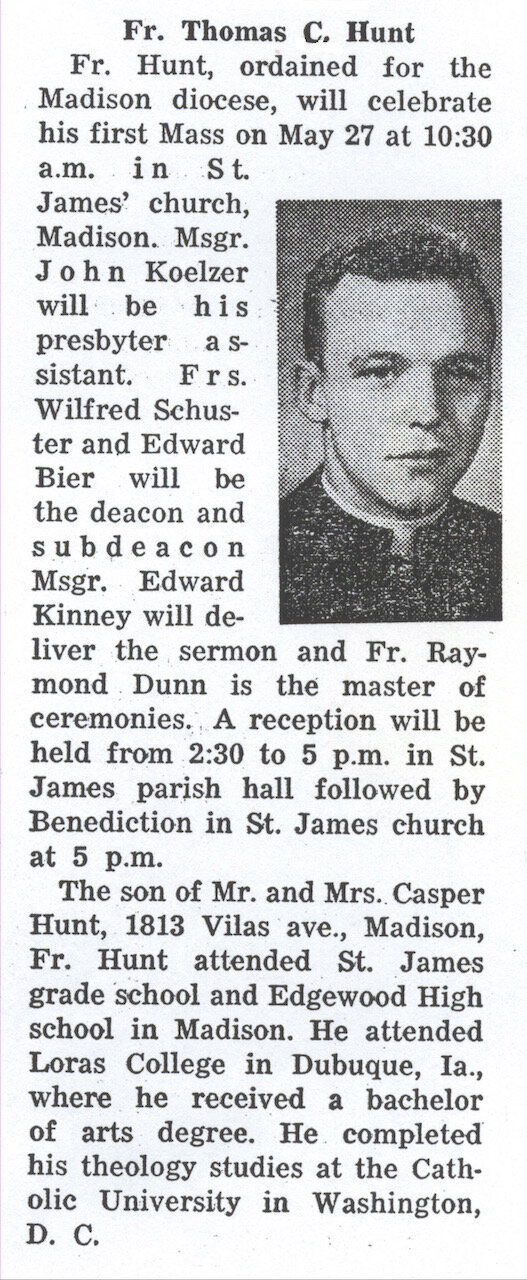Recognizing the Sisters who served
Faculty Sept. 1959
On the fifth of February 1906, St. James Church entered into an agreement with the School Sisters of Notre Dame (SSND), Milwaukee, to provide teachers for the newly established St. James School. The Rev. Joseph Koester, St. James pastor, signed the agreement with Mother Marianne, Commissary General of the Congregation of the SSND.
Under the agreement, the St. James Congregation agreed
To pay “each sister engaged in the school a salary of two hundred dollars per scholastic year of ten months, at six hours per day, payment to be made monthly.”
To provide and keep in repair a suitable dwelling, furnished for the use of the sisters.
The Community of School Sisters agreed
To supply the requisite number of teachers competent to take charge of and teach…
But not to “assume charge of church, choir or laundry, nor of the heating or cleaning of the school.
But “merely to superintend the daily sweeping, in case it devolves on the pupils.”
The contract was binding “until the close of the scholastic year ending June 1907.” From 1905 until 1987, 125 Sisters of Notre Dame served at the parish and school, with most of them leaving in 1979. During the 1970s, as many as eight taught in the school. Only two taught in the 1980s: Sister Christine Maria Woyach was a primary teacher from 1984-87, and Sister Lenore Feider was an intermediate teacher from 1976-85. Sister Clarence Schwartz served the parish as a visitor of the sick and elderly from 1977- 83.
The order was likely chosen to staff the school because of its German origin, and the parish was predominantly German, said Michelle Levandoski, SSND archivist at Mount Mary University, Milwaukee.
Six Sisters of Notre Dame who had taught at St. James are still living: Sisters Christine Woyach, Jean Arthur Laubach (whose brother Peter is a parish member and the person who we interviewed for February), Rita Schweitzer, Mary Juarez, Dora Kipp, and Anton Marie Voissem (See Addendum for more information given by Sr. Anton Marie).
Mother Marianne from SSND in Milwaukee came to Madison Jan. 3, 1906, and the next day “Mother looked over the buildings and decided when the opening of the school would begin,” according to an early history of the parish.
Two Sisters at the Start
On Feb. 4, 1906, Mass was offered for the first time in the new church. Mother Marianne officially opened school with 86 children present in two classrooms located above the church. Sister Consilia (Adelind Willy) taught children in grades 1, 2, and 3. Sister Ludwiges taught the children in grades 4, 5, and 6 and served as principal. By 1918 there were nine teachers and more than 300 students.
Over the years, many St. James School students entered the religious life. One of the first school graduates to be ordained was the Rev. James Rocca, uncle to parishioner Rae Carol Rocca. He said his first Mass June 15, 1924, in the newly completed church yet to be dedicated.
Among the girls entering the Sisters of Notre Dame from the school were several who returned to teach. In 1959, when the school had an enrollment of 450 students, Sister Gerda Buessler became the principal.
Dominicans serve the school
Following the end of the Notre Dame Sisters at St. James, the school employed a lay person Fran Sauer as principal. Sister Beth Schmidt, a School Sister of St. Francis, taught first grade from 1986 to 1988. In 1988, Sister Carmela Pierick from the Sinsinawa Dominicans became principal. Sister Carm as she was known had previously served as superintendent of schools for the Diocese. Sister Kathleen Loughrin succeeded Sister Carm as principal in 1993 and served until illness forced her to retire in 2016.
Bonnie Moschkau, a parishioner and retired Madison educator, whose husband, sons and grandchildren have attended St. James School filled in as principal until Mike McCabe was hired in 1916. Michael served for two years. Randy Enders, the current principal, was hired in 2018. Enders’ great aunt Cora Enders was one of the first students at St. James School, starting in 1907. He also had a great uncle, Robert Enders, who was an alumnus Robert Enders became a priest in 1939. Cora lived from 1900 to 2003 and worked in the parish rectory. The Enders family has a rich tradition in the school and parish with connections through marriage to other charter members of the parish.
As the oldest Catholic School in Madison, its many living alumni remember and continue to support the school. The school is now part of the Good Shepherd parish, the result of a merger between St. James and St. Joseph parishes in 2012. Janet Annen Lombardino, one of 11 from her family who attended the school in the 1940s and 50s and who volunteered many years as volleyball coach, wrote about the “marvelous nuns” who provided her religious education. “They made God so near and dear to us.
To honor the nuns, the St. James School Advisory Committee suggests a donation to the school’s endowment fund or to the scholarship fund originally set up to honor Sister Kathleen Loughrin 19, adding Bonnie Moschkau and longtime school secretary Sharon Barry to its name.
The School Sisters of Notre Dame at St. James
One of the oldest living sisters who taught at St. James School responded to an email request for her memories of her time in Madison. Now nearing 90, Sister Anton’s former pupils are in their 70s and 80s and some are still in Madison and Good Shepherd parishioners.
Following are excerpts from her email.
St. James, Madison was my first mission. I taught third grade at St. James from 1950-1955.
During that time of the “baby boom” we had 50 or more students in every class. Each of us had to teach ALL the subjects. The music teacher/organist came to each classroom once a week. The other days we teachers were supposed to teach the music, including hymns for Mass. Some teachers said they couldn’t sing, so I had to go to their classrooms for music while they taught Spelling for me.
We did not have Physical Education of any kind, but a couple in the parish ran a Dance Studio. They came to each classroom every week and taught folk dancing. Each grade learned some dances appropriate for their age levels. The children “performed” for their parents at Christmas Time and in the Spring.
Another thing I remember is that from Grades 3-8 we had some special classes on radio. Grades 3-8 had Let’s Draw, Let’s Write and Let’s Sing. The teachers were excellent and able to teach a lesson that could be adapted to all of these age levels. I still remember Maureen Applegate who taught “Let’s Write.” She had wonderful topics for creative writing and suggestions for teachers on how to use these topics for all those grade levels.
For Let’s Sing we learned folk tunes from many different countries; and if we kept our classroom doors open, we could hear the other classes singing with us.
We did not have a TV in our convent. One of the neighbors thought we should experience some “history in the making” and invited us to come over on his porch to look through his window and watch Queen Elizabeth crowned (at that time we SSNDs were not allowed to go into people’s houses so he turned his TV to face the window).
Some of us Sisters went to Edgewood College once a week for classes. We were still working toward our college degree. That was a long walk of 10 blocks from our convent, but we enjoyed it except when the weather was bad.
Our convent was near Camp Randall. If we had our windows open, we knew when the Badgers made a Touchdown!
I also worked with another Sister in the church sacristy every evening and on Saturday mornings. We had to get the altar, vestments, etc. ready for Mass. There were three priests there at the time!
I pray that your parish and school will continue to spread the Good News for years to come.
Sister Anton Marie Voissem, SSND
SSND history
Concerned about the political and social upheaval in Bavaria with its widespread poverty and abandonment of Christian values and beliefs, three women, including Caroline Gerhandinger (now Blessed Theresa Gerhandinger) started a common religious life in 1833.
The women believed that “renewal of society depended on the Christian family in which the mother, the first educator, had a key role”; and therefore, set about to offer Christian education as their “vital service.” Thus, began the Sisters of Notre Dame (SSND), according to its website (ssnd.org).
In less than 15 years, missionaries from America came to visit the Sisters at their motherhouse in Munich, asking them to come to America to teach the children of the German immigrants who were arriving there in rapidly increasing numbers.
In June 1847, Mother Theresa Gerhardinger and five sisters opened their first mission school in St. Mary’s, a settlement of German Catholic immigrants in the forests of Pennsylvania. Despite a rough start, the sisters connected with Fr. John Neumann (now a saint) in Baltimore and expanded their mission to other cities.
SSND in Wisconsin
One of the sisters who came in 1847 was Caroline Friess who brought the school Sisters to Elm Grove, near Milwaukee, in 1859. Born near Paris of a wealthy Bavarian, she purchased 20 acres on which to establish a convent. King Ludwig of Bavaria gave generous support and specified that a Bavarian style of architecture be used for the buildings, according to the website of Wisconsin History. More sisters from Germany arrived, and they were joined by American women, including the four daughters of George Betholz, who had sold the land to the Sisters. Eventually, an additional 280 acres of the Betholz farm was bequeathed to the Sisters.
Sister Anton Marie Voissem, who taught at St. James School from 1950-55, retired to the Elm Grove complex which was sold in 2020 to a new developer. She will move to new housing on the Mount Mary University campus in the fall, 2021.
Historic Buildings
In an email, Sister Anton wrote about the beautiful and historic complex. “We needed to sell this property because we don’t have enough Sisters left to live here. The developer will be taking down many of the buildings, but the ‘castle’ and the building next to it are designated as ‘Historical’ sites and should not be torn down. Our cemetery with over 3,000 Sisters buried there will remain.”
Among the buried is Mother Caroline Friess, who is consider the SSND American foundress.
Sister Anton suggested driving by to see Notre Dame of Elm Grove on Watertown Plank Road and 131st Street after the lockdown is lifted. This past winter, eight of their sisters died of COVID within days of each other.
The new facility on the Mount Mary campus will include a retirement home and be part of Trinity Woods. SSND started Mount Mary University in 1929, as an all-women’s college. Mount Mary evolved from St. Mary’s Institute begun in 1872 in Prairie du Chien as an all-girls school. The university continues its focus on education of women at the undergraduate level. Its graduate programs are co-educational.
Addendum to January History
A Second Accounting of How the Land of St. James Was Acquired*
The continued growth of Holy Redeemer Parish and the request of a gracious lady on her deathbed played an important part in the selection of a site for the first St. James Church and School. This lady was Mrs. Susanna Ramsay (who Lived in the big stone House on the corner of Mills and Chandler Street), and her request was to donate some land for a religious purpose. This desire was known not only to other members of the immediate family but also to Rev. Father Alois Zitterl, pastor of Holy Redeemer Congregation, who was a friend of the family.
On April 1, 1905, Father Zitterl arranged for a meeting with her heirs, namely, her husband, two sons, Wayne and James and a daughter, Mrs. Sarah (Ramsey) Del Prate. He ask them if they recalled their benevolent mother’s request pertaining to a donation of land. Their replay was a gift of six lots 150 x 300 feet.
Fr. Zitterl was overjoyed and thanked them for their kindness and thought fulness, but said he had nothing to give them for their generosity. He asked them, however, if they would care to choose a name for the church. In their family were both a son and a grandfather named James. That was the selection. It was to be St. James the Elder.
Proper information was sent to the Most Reverent Archbishop Sebastian C. Messmer of Milwaukee, who was well pleased with the event that took place and sanctioned it immediately. The Archbishop pronounced that the name, James, was a wise selection, and that the name, Ramsey should be immortalized in the future.
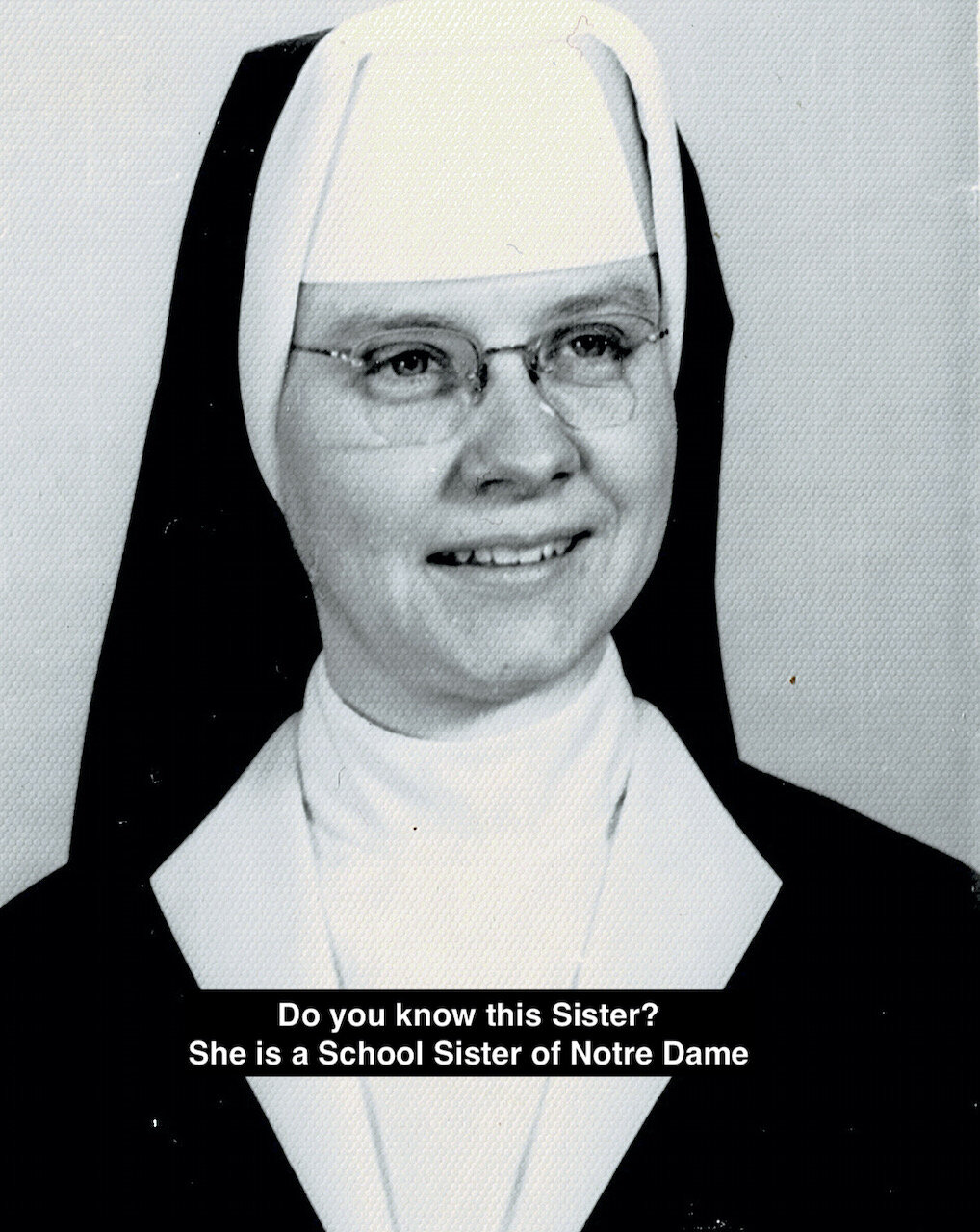
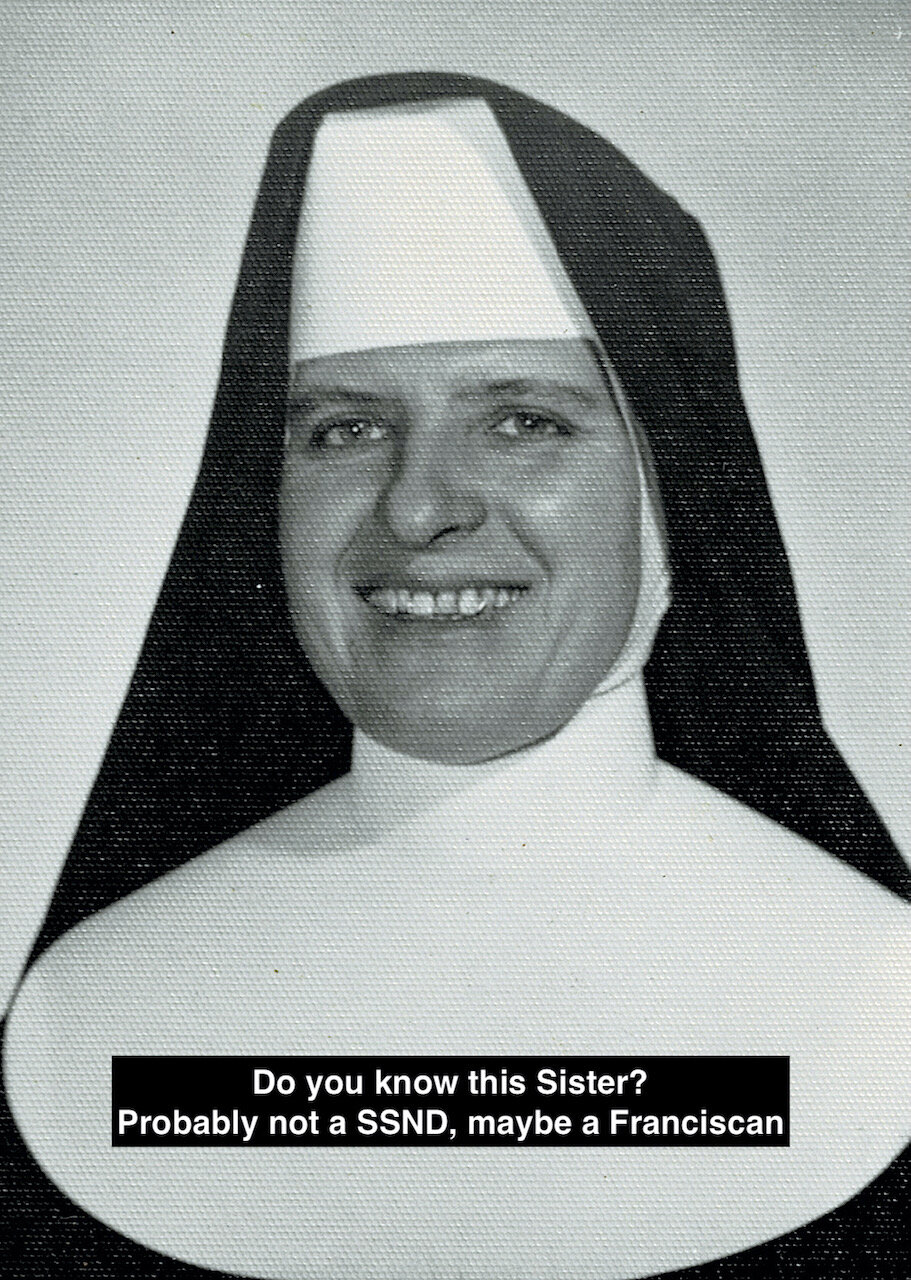
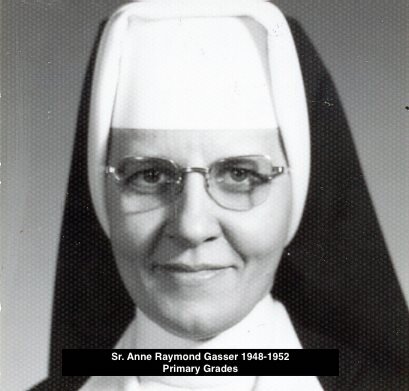
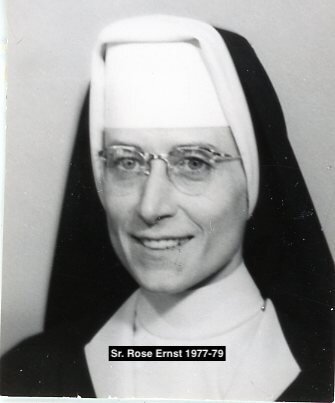
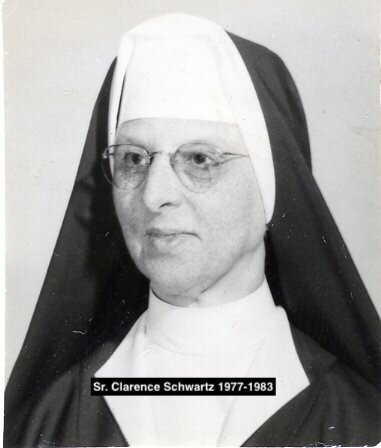
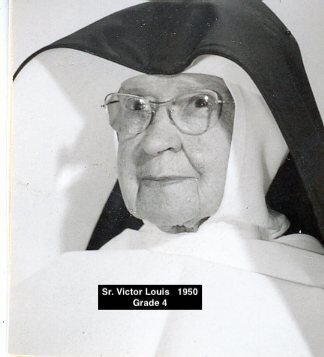
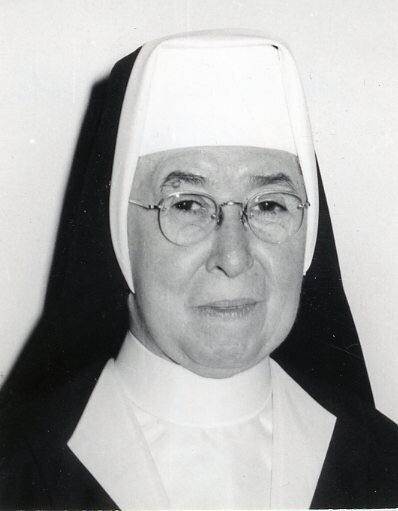
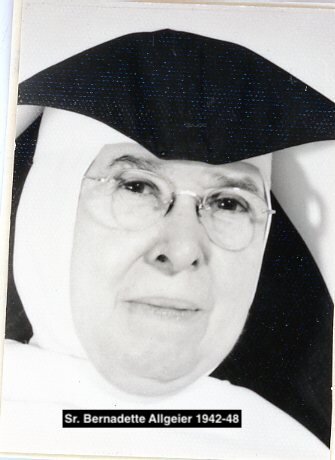
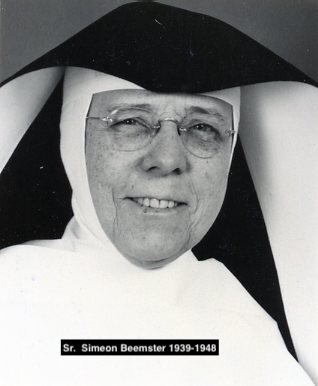
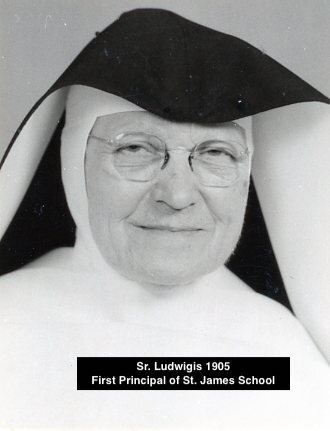
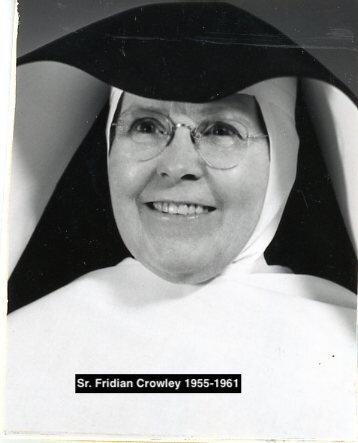
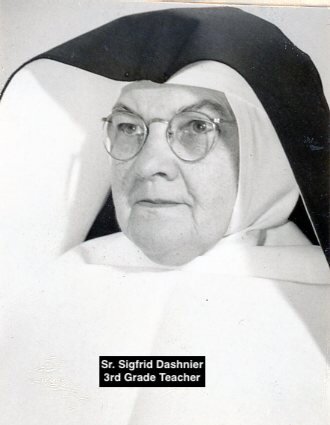
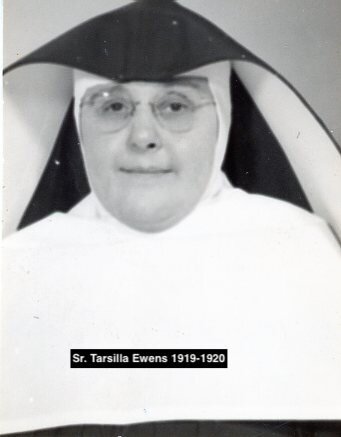
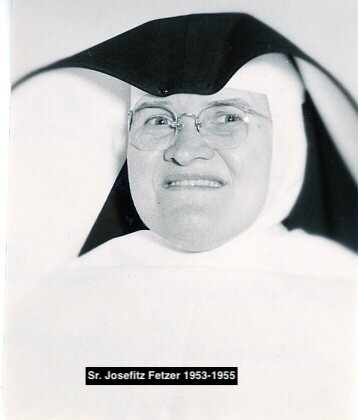
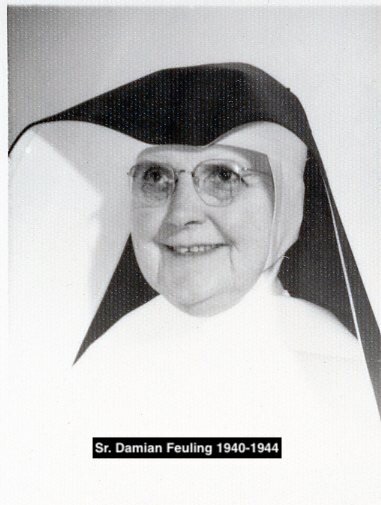

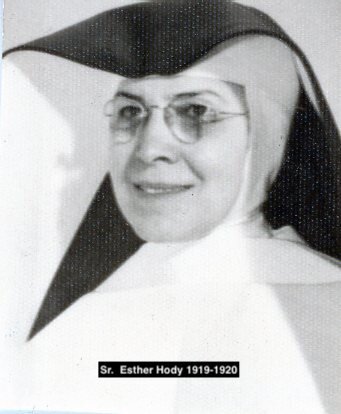
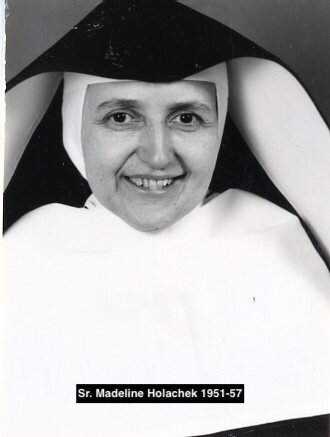
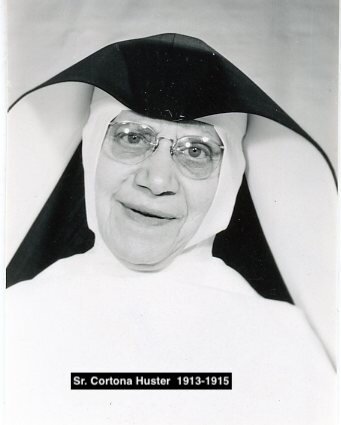
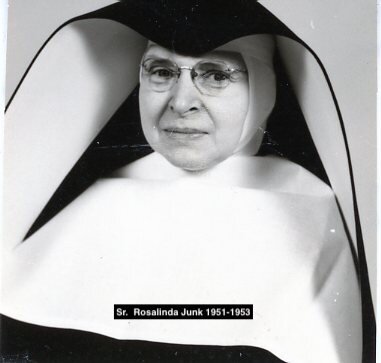
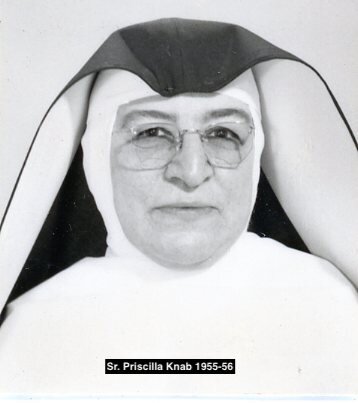
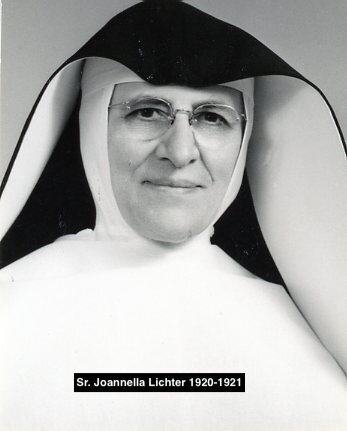
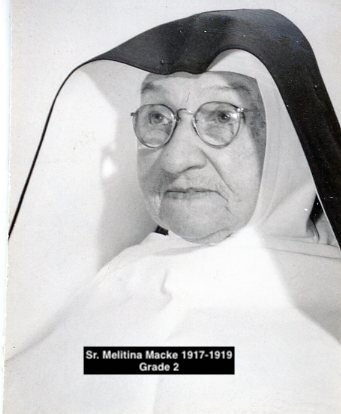
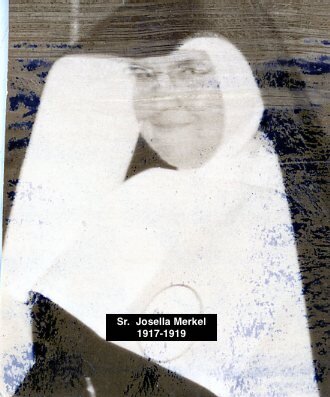
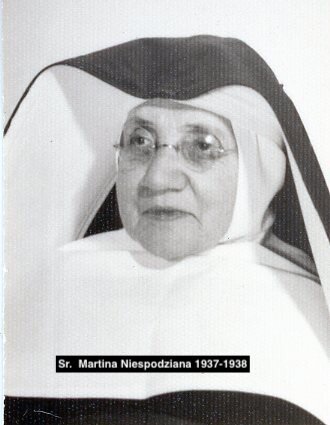

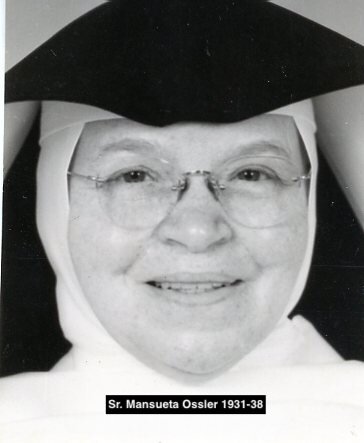
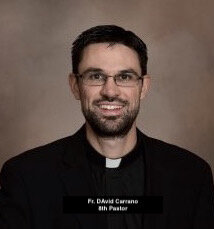
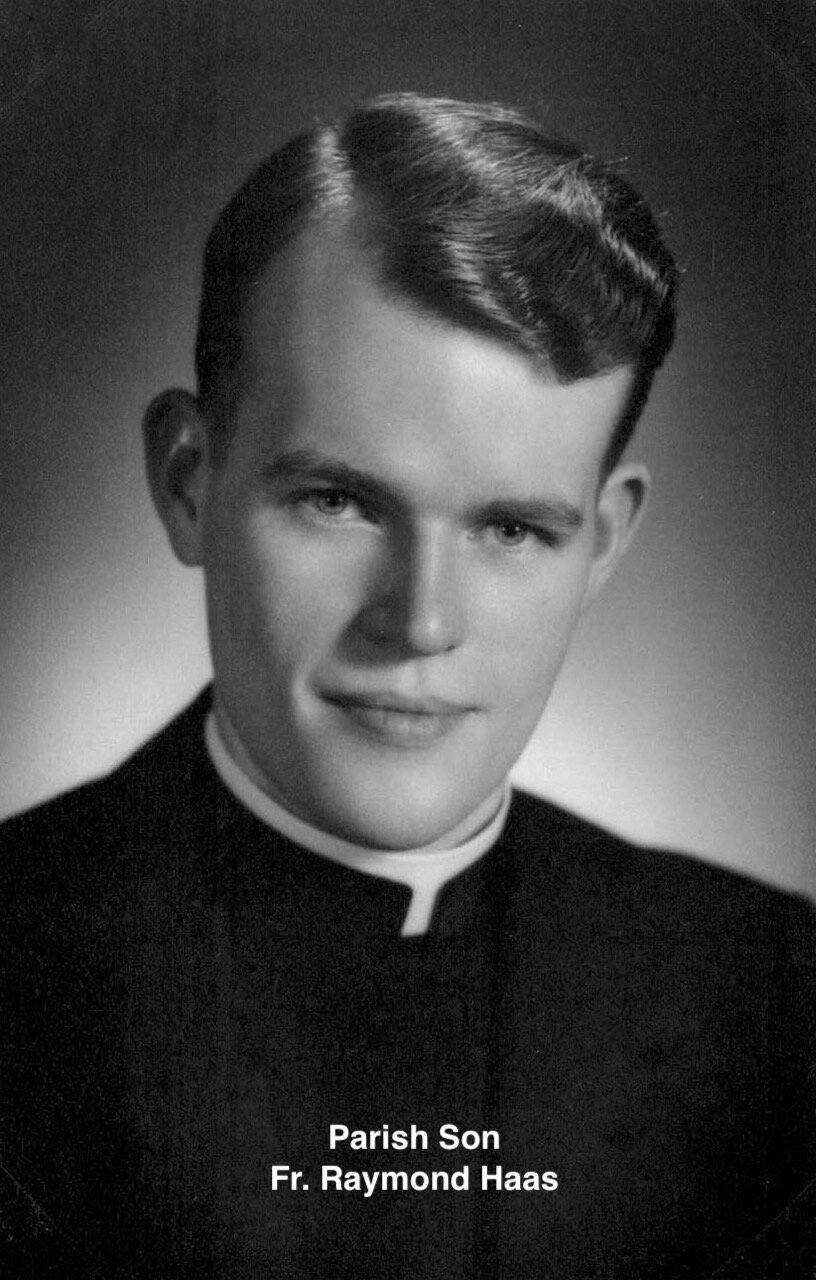
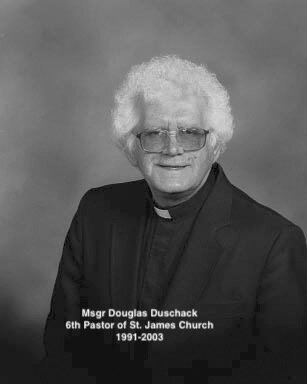

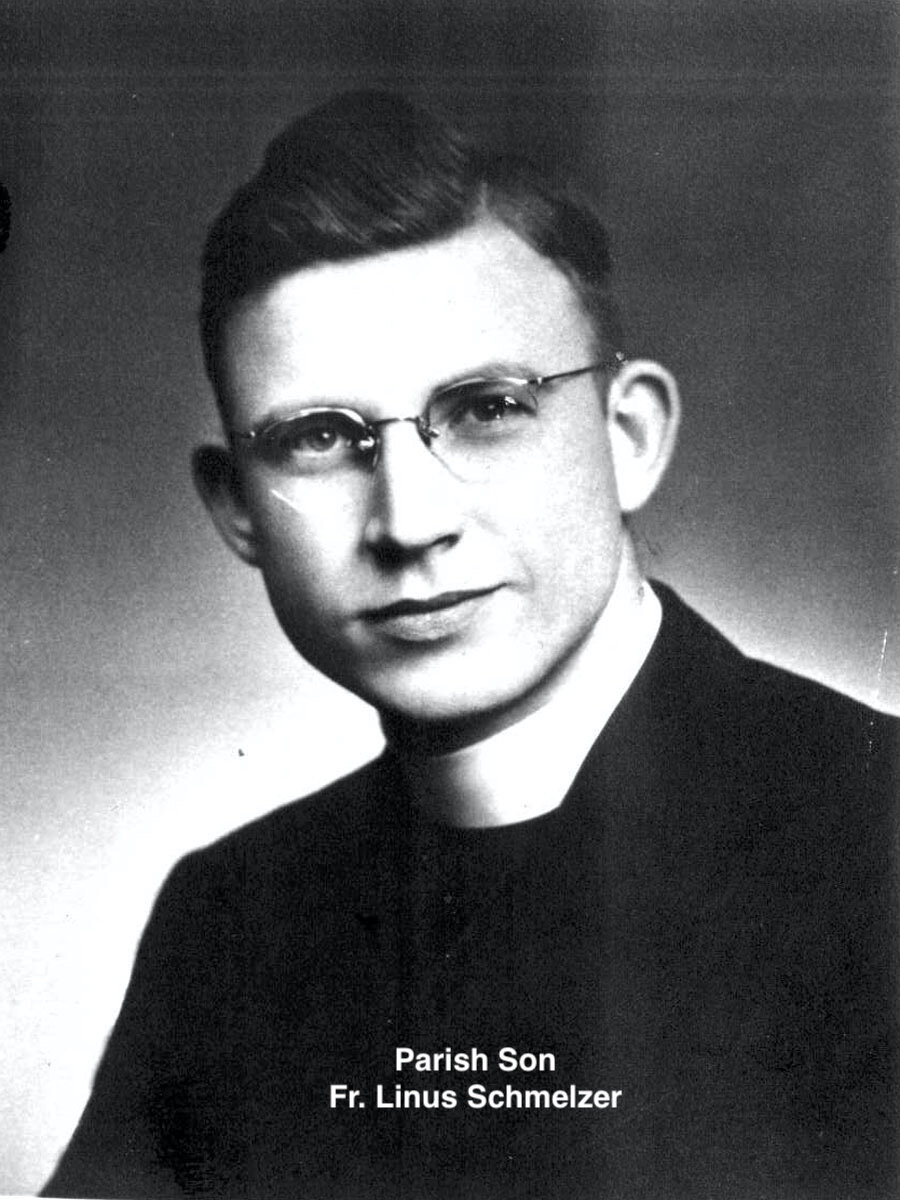
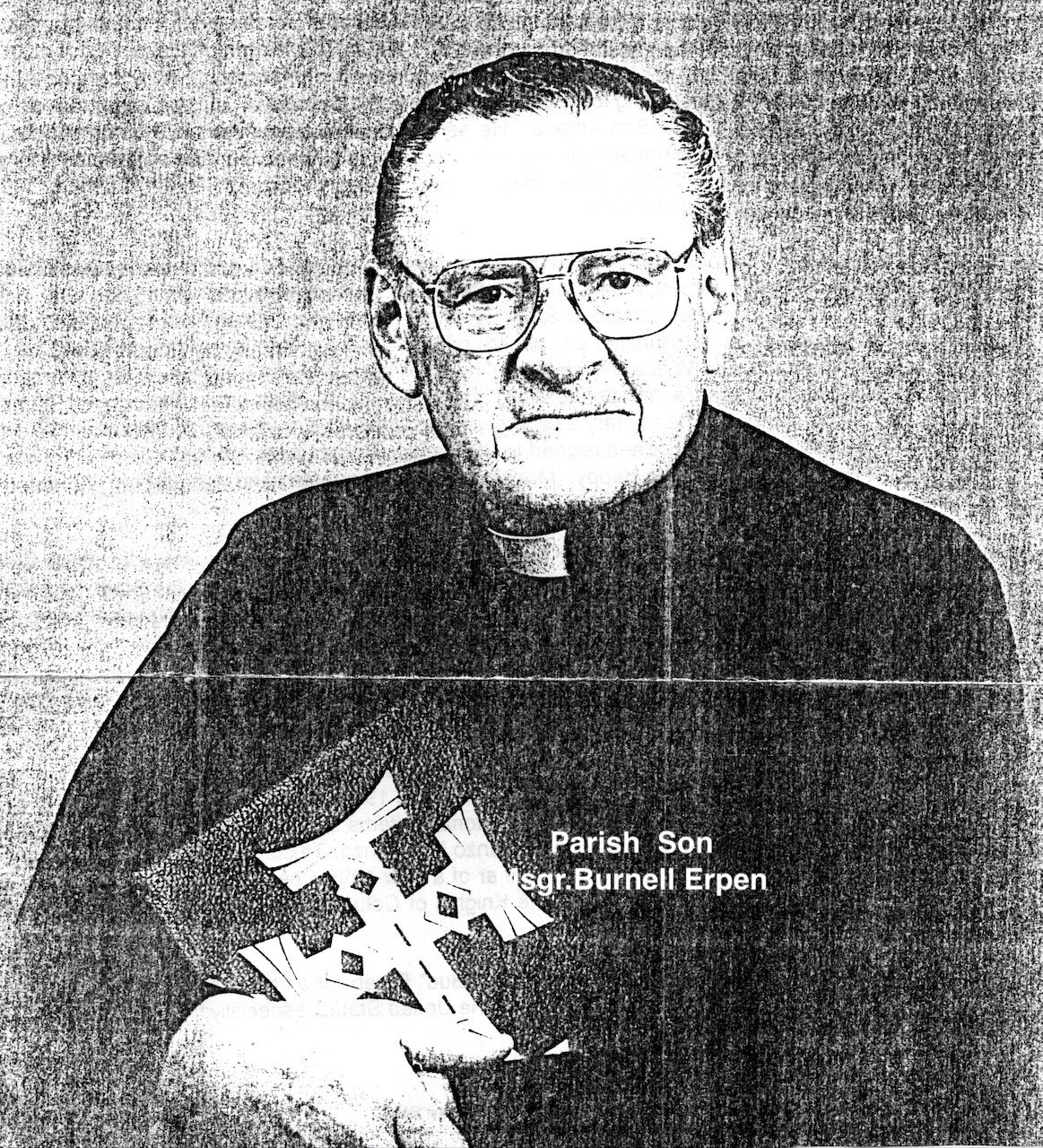
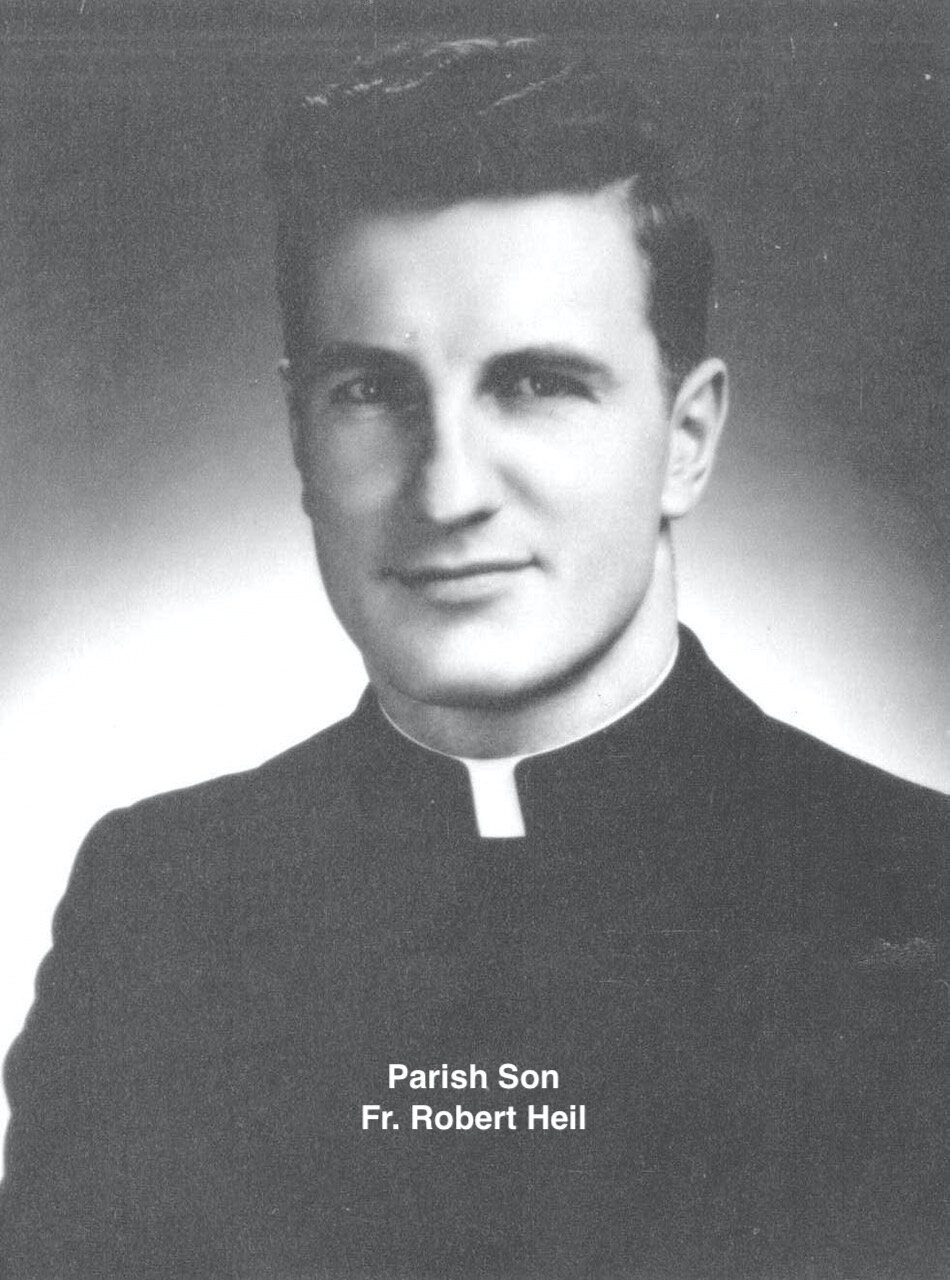
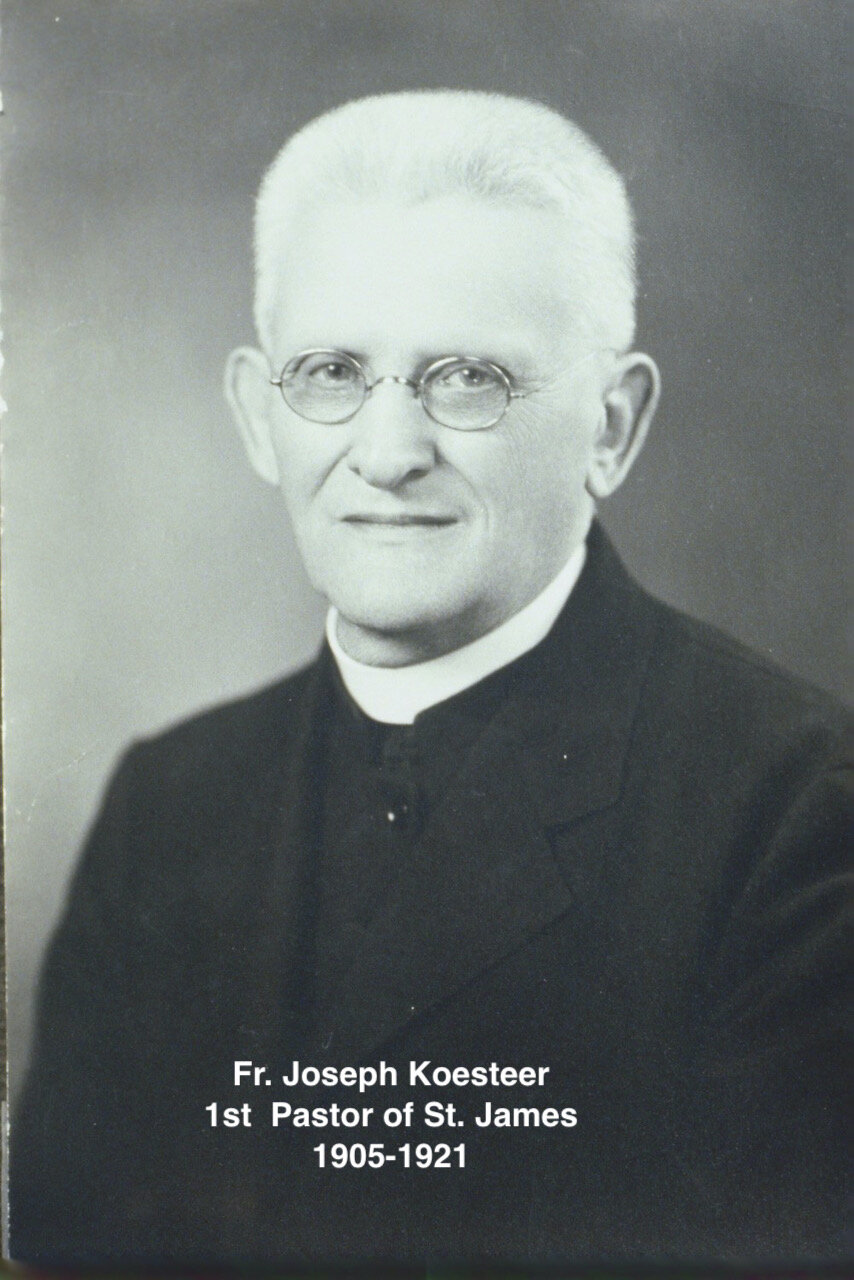
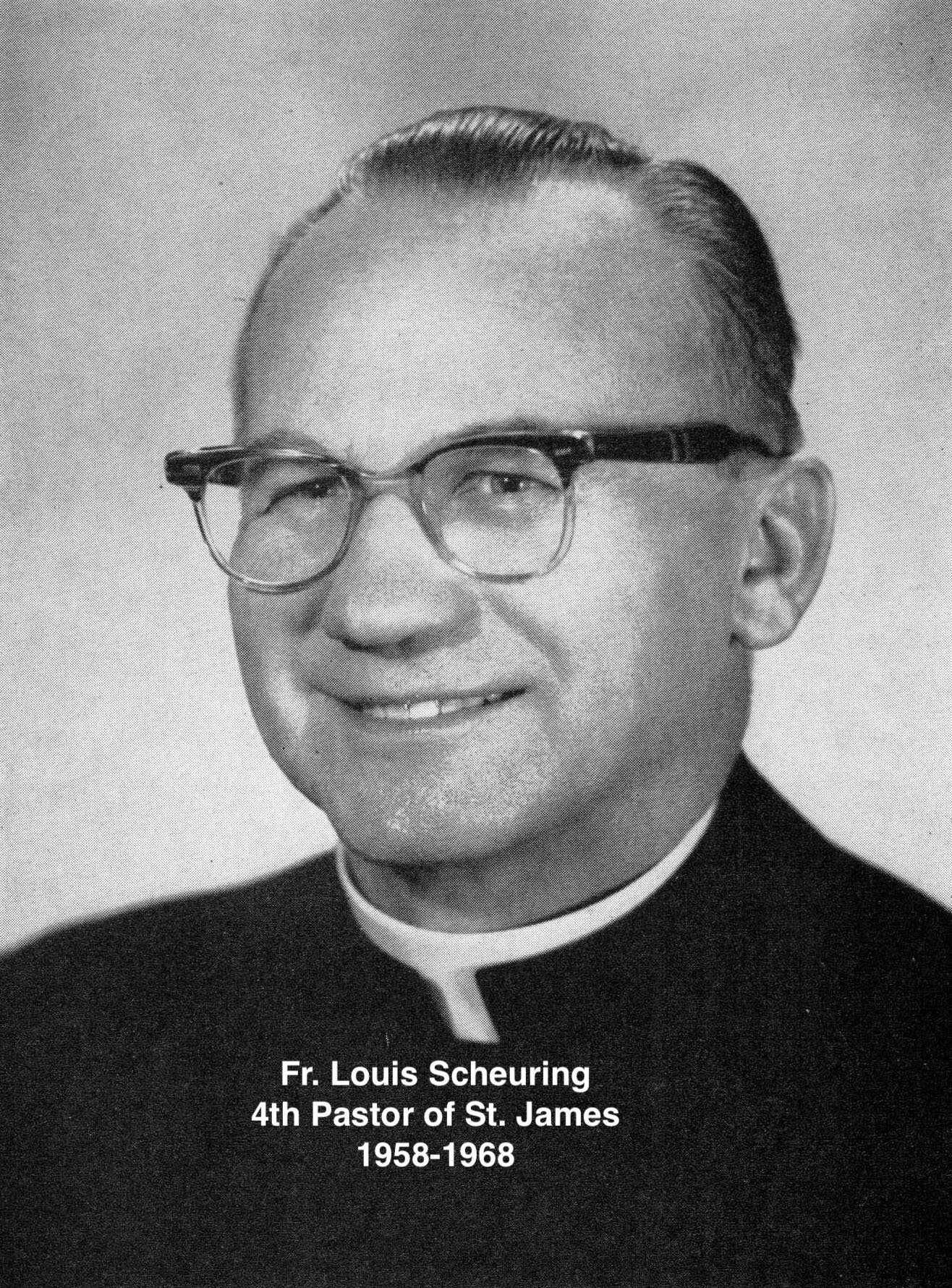
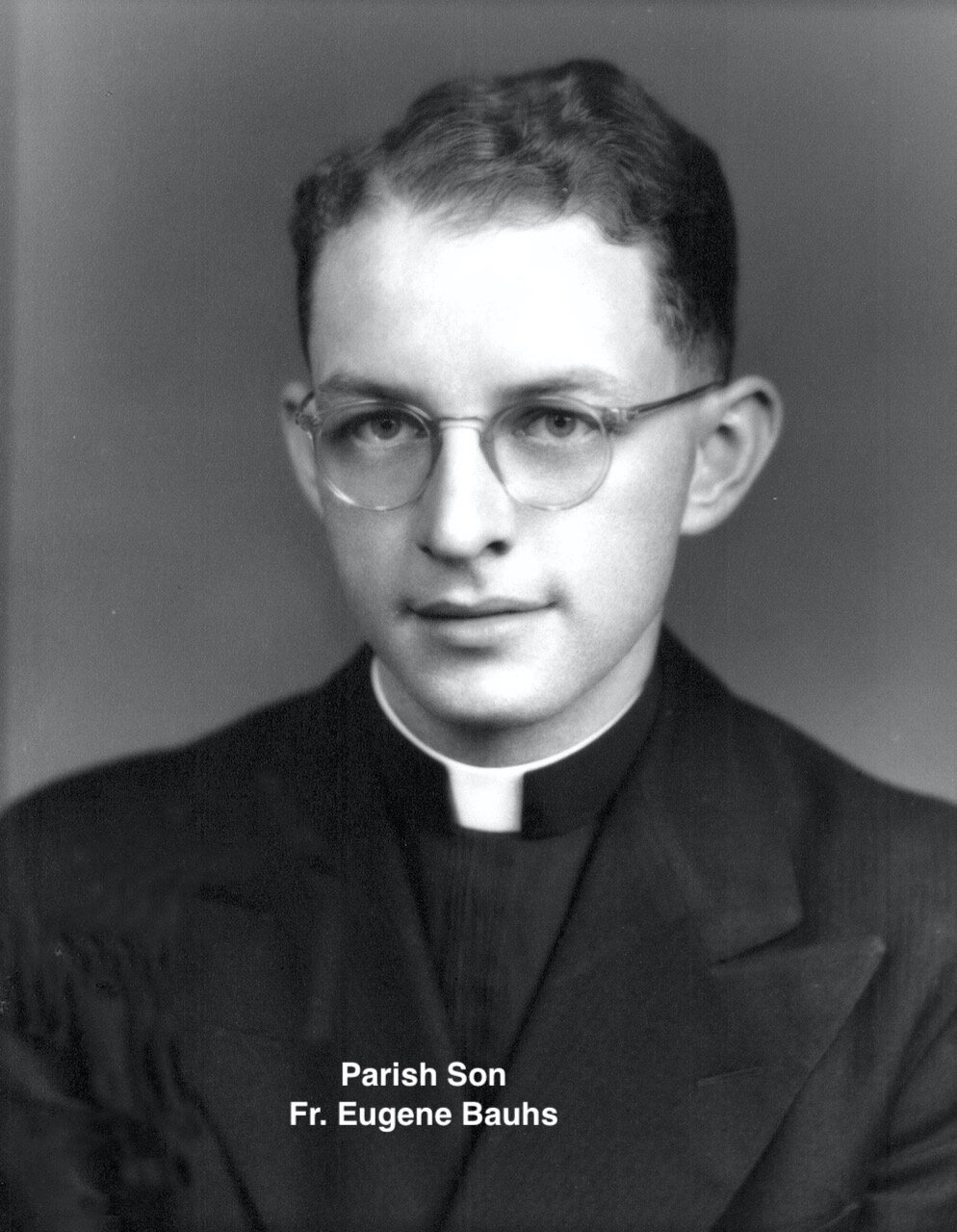
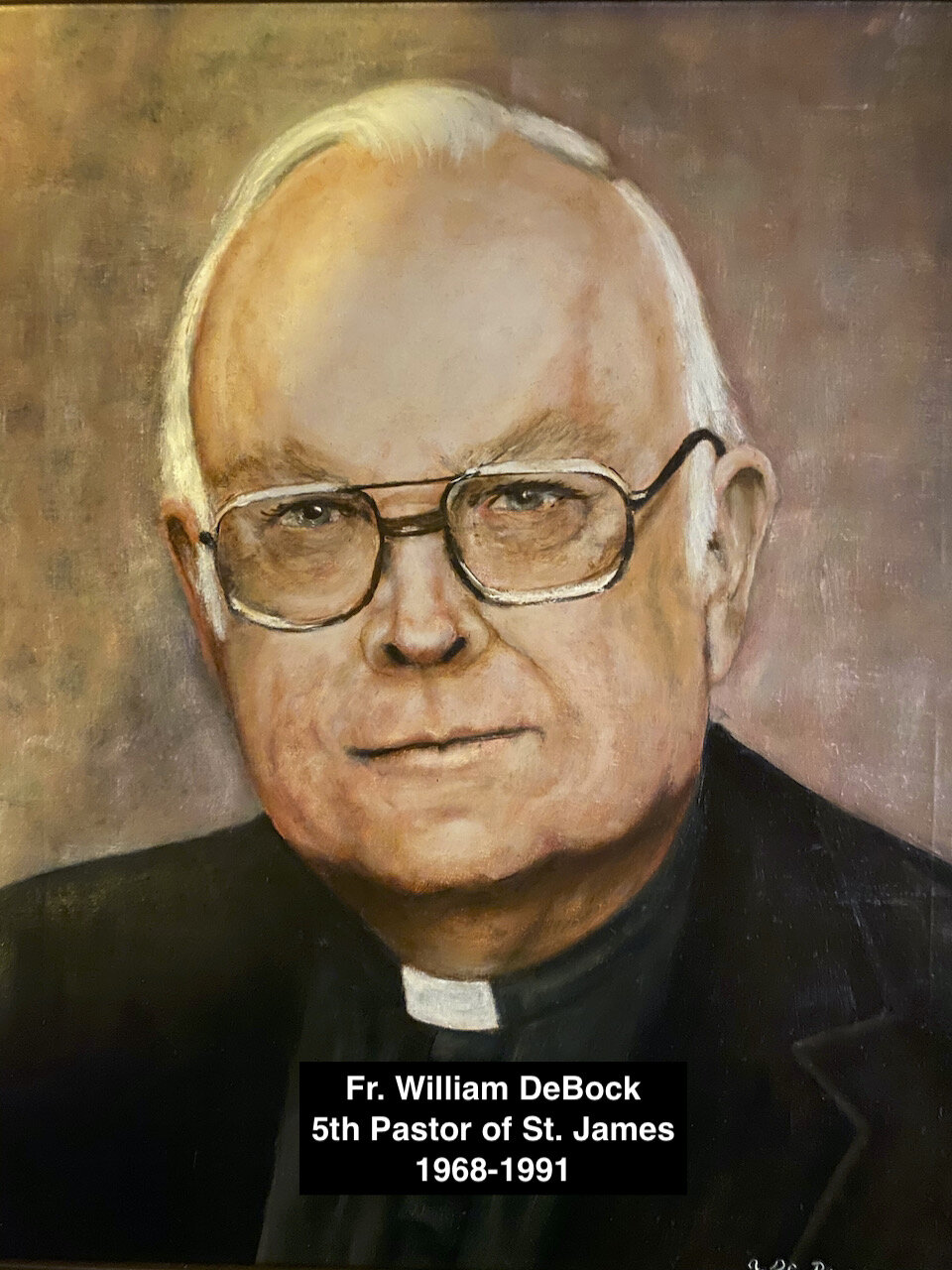
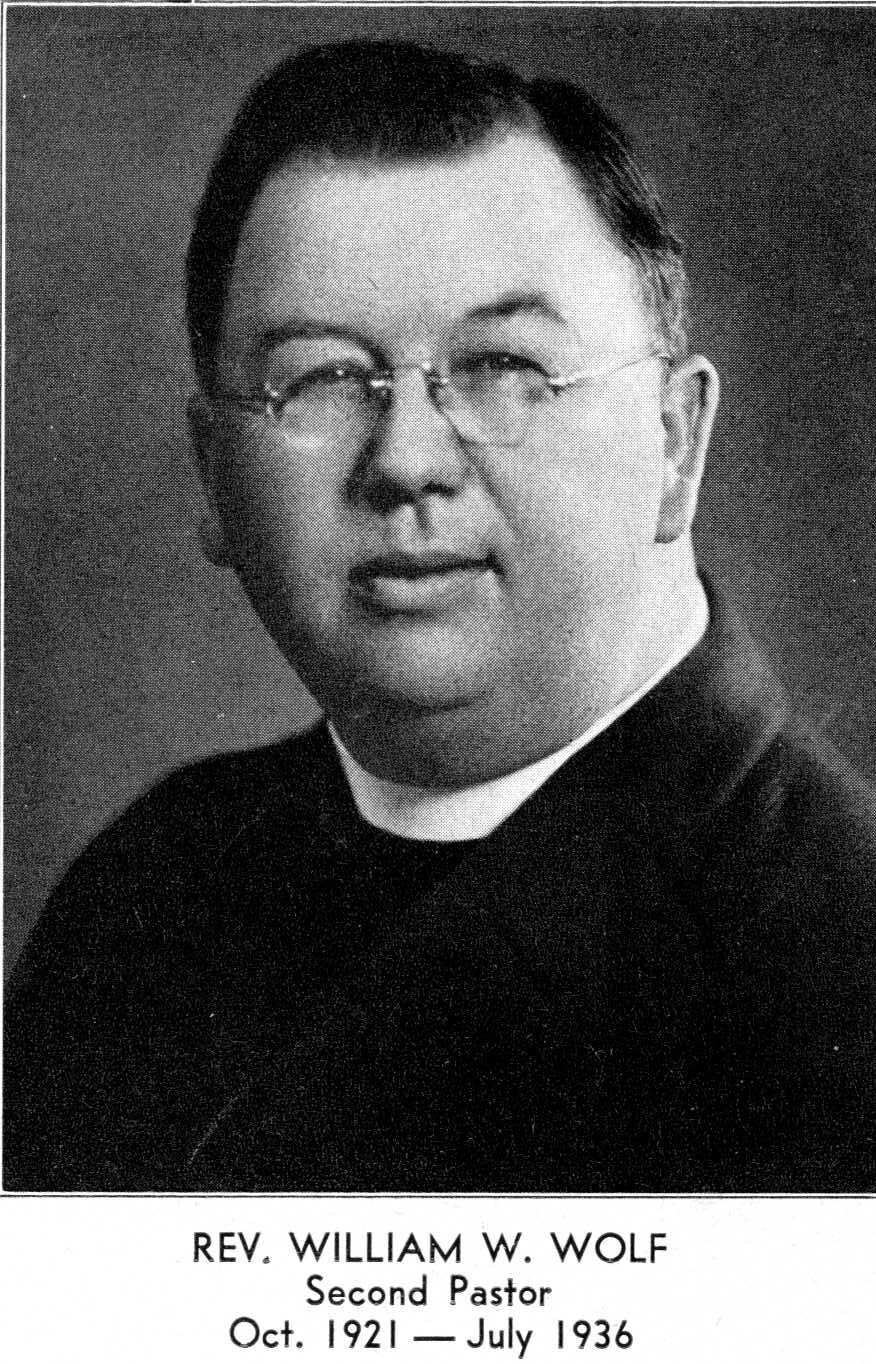
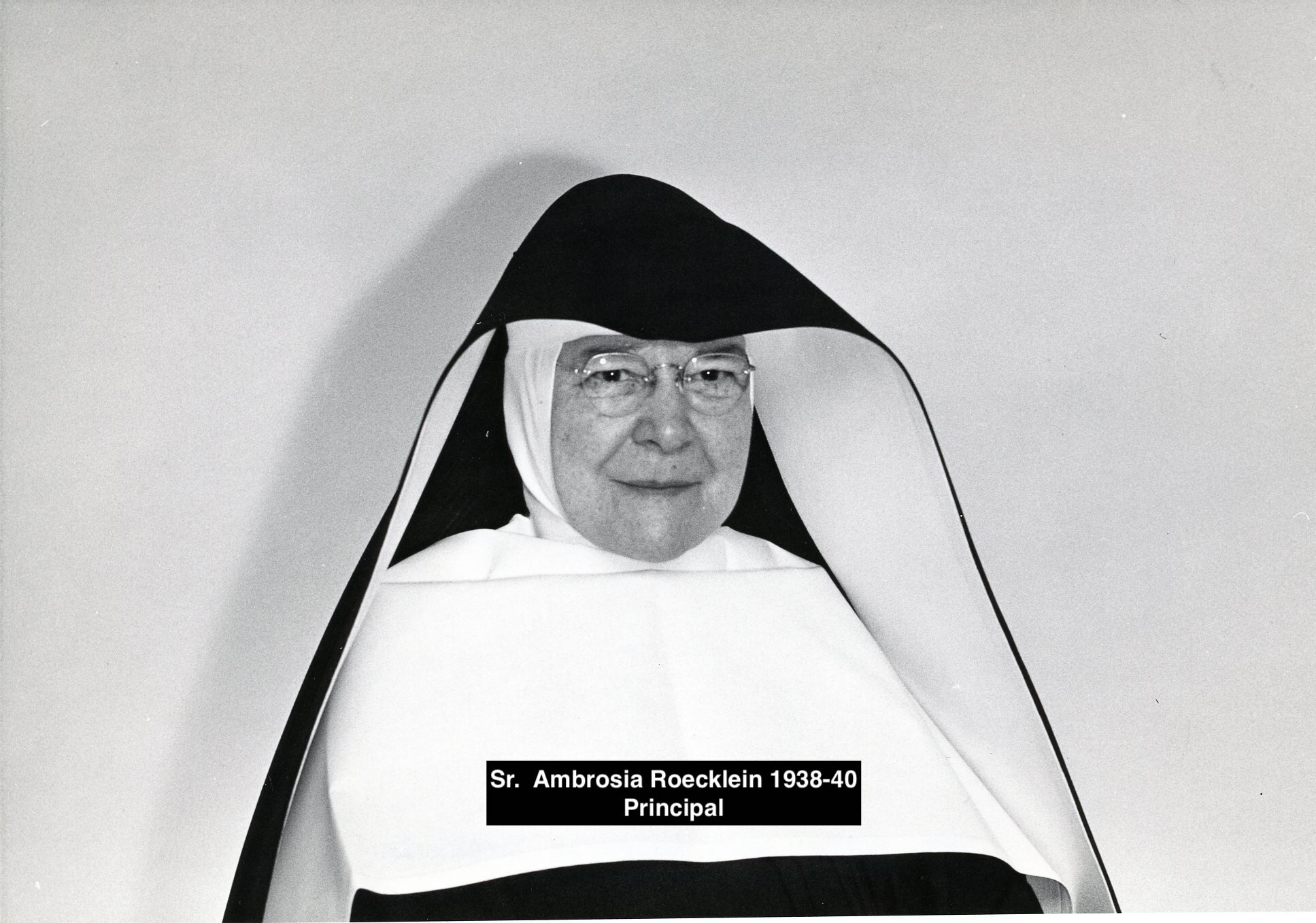

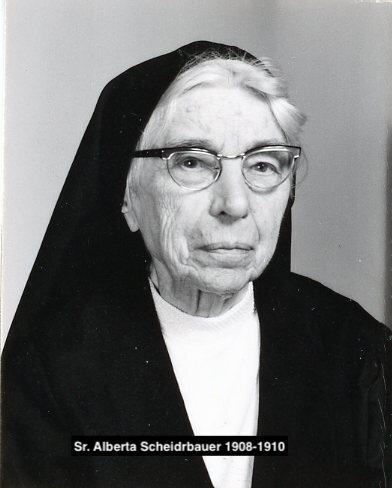
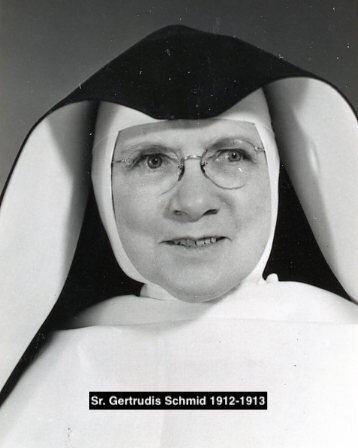
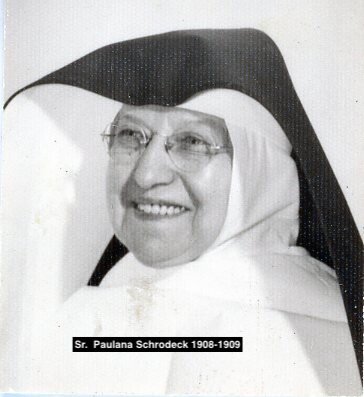
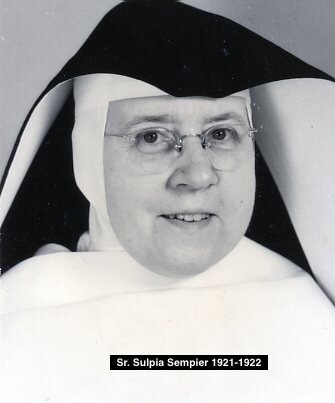

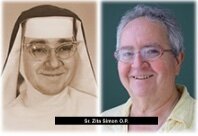
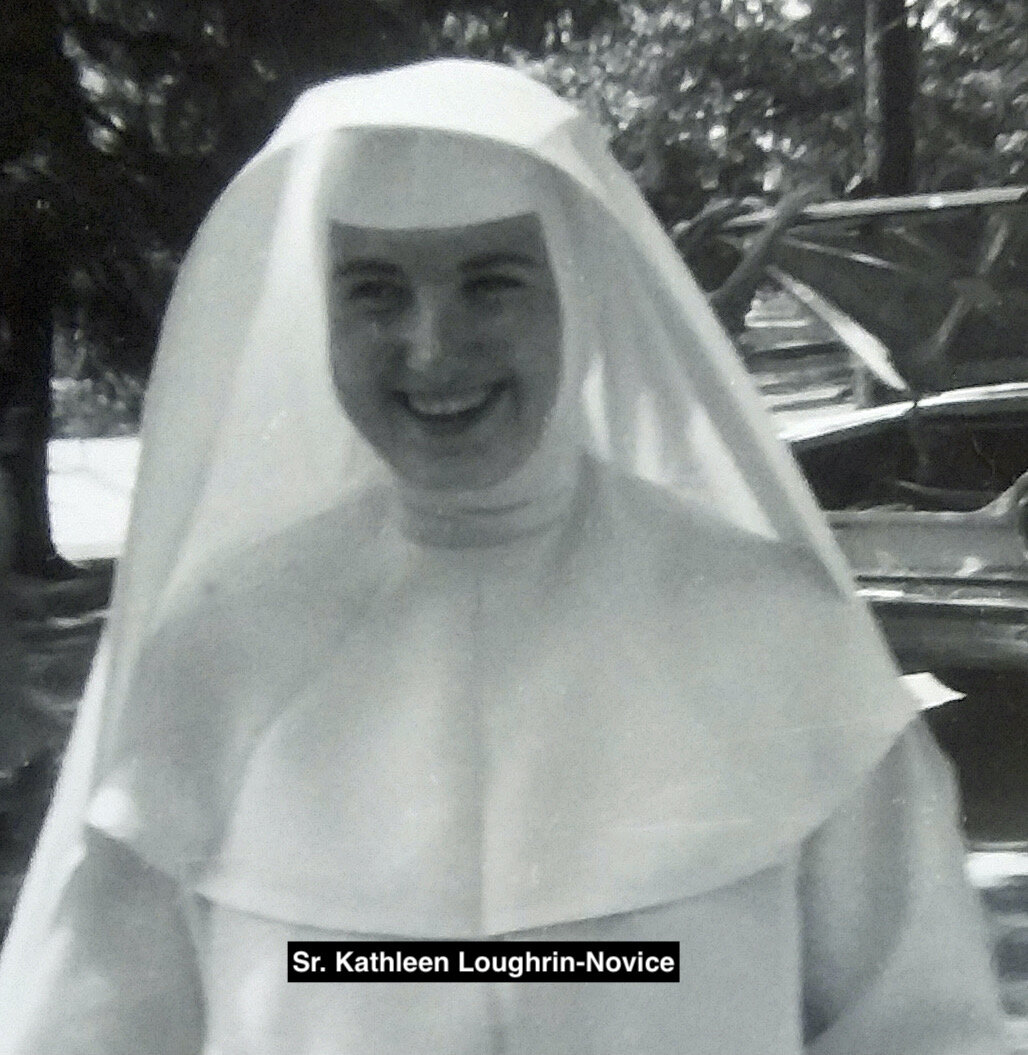
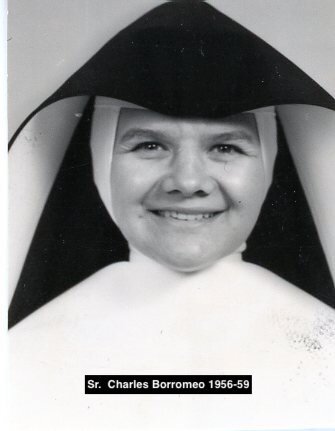
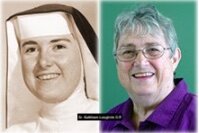
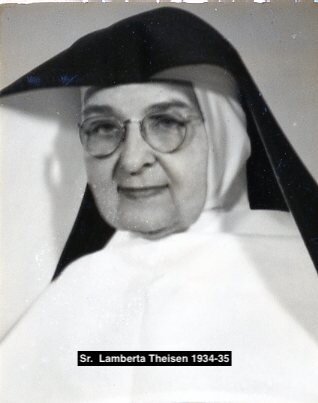
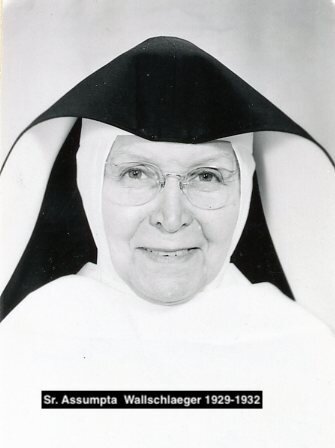
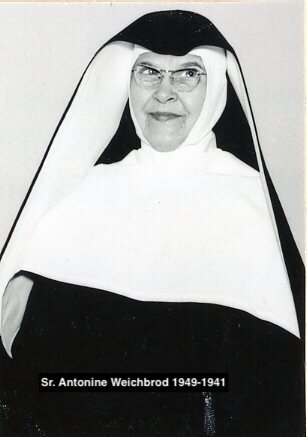
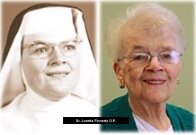
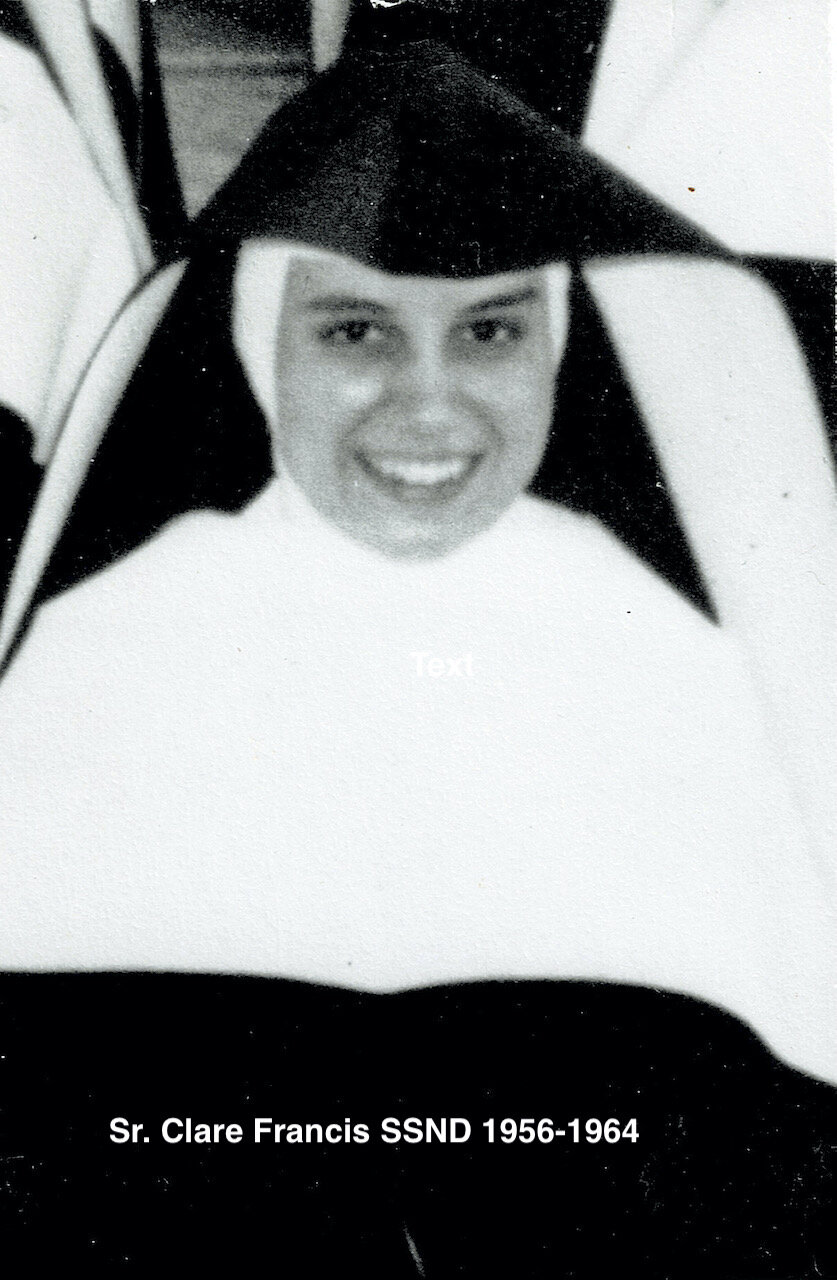
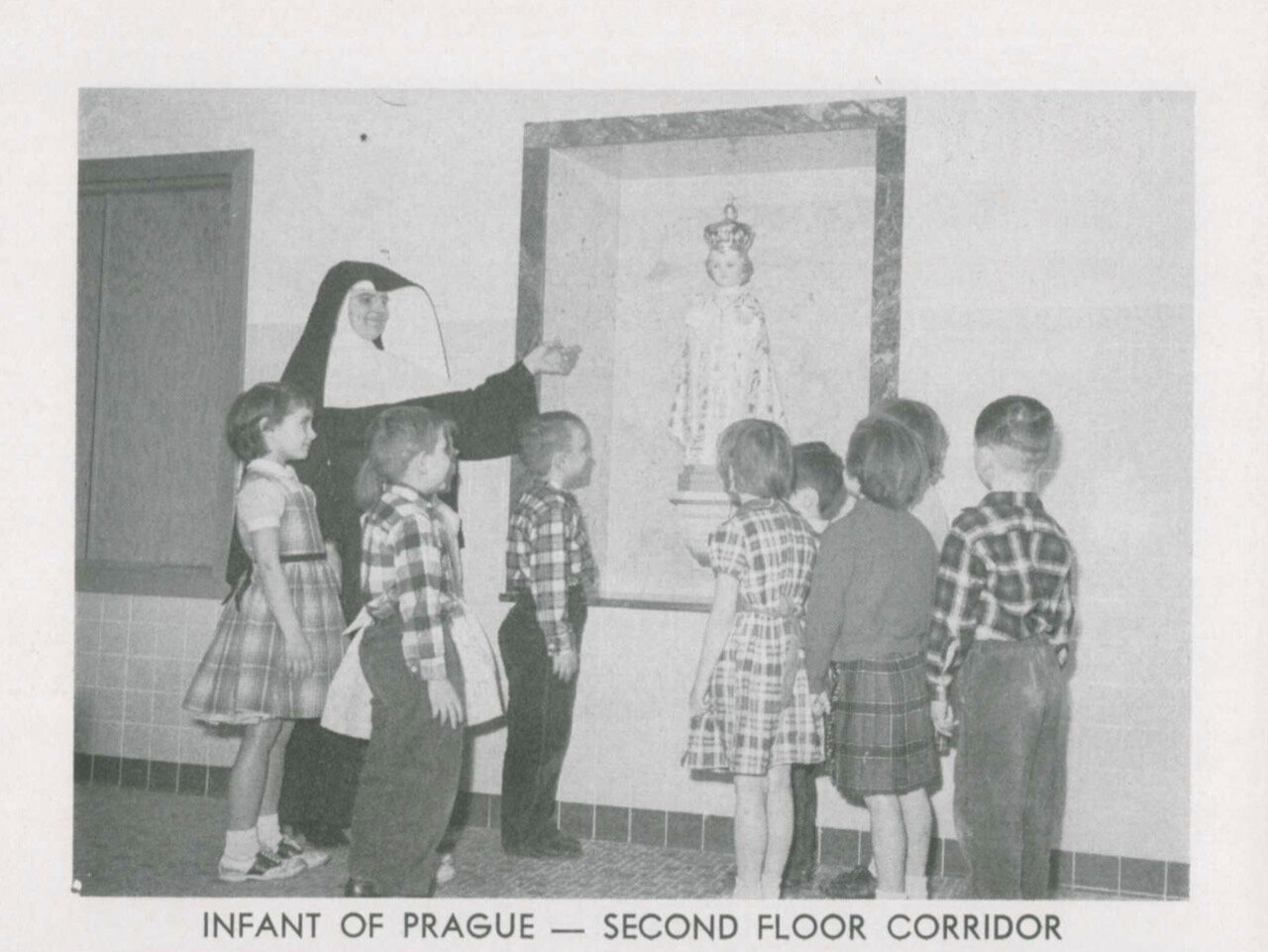
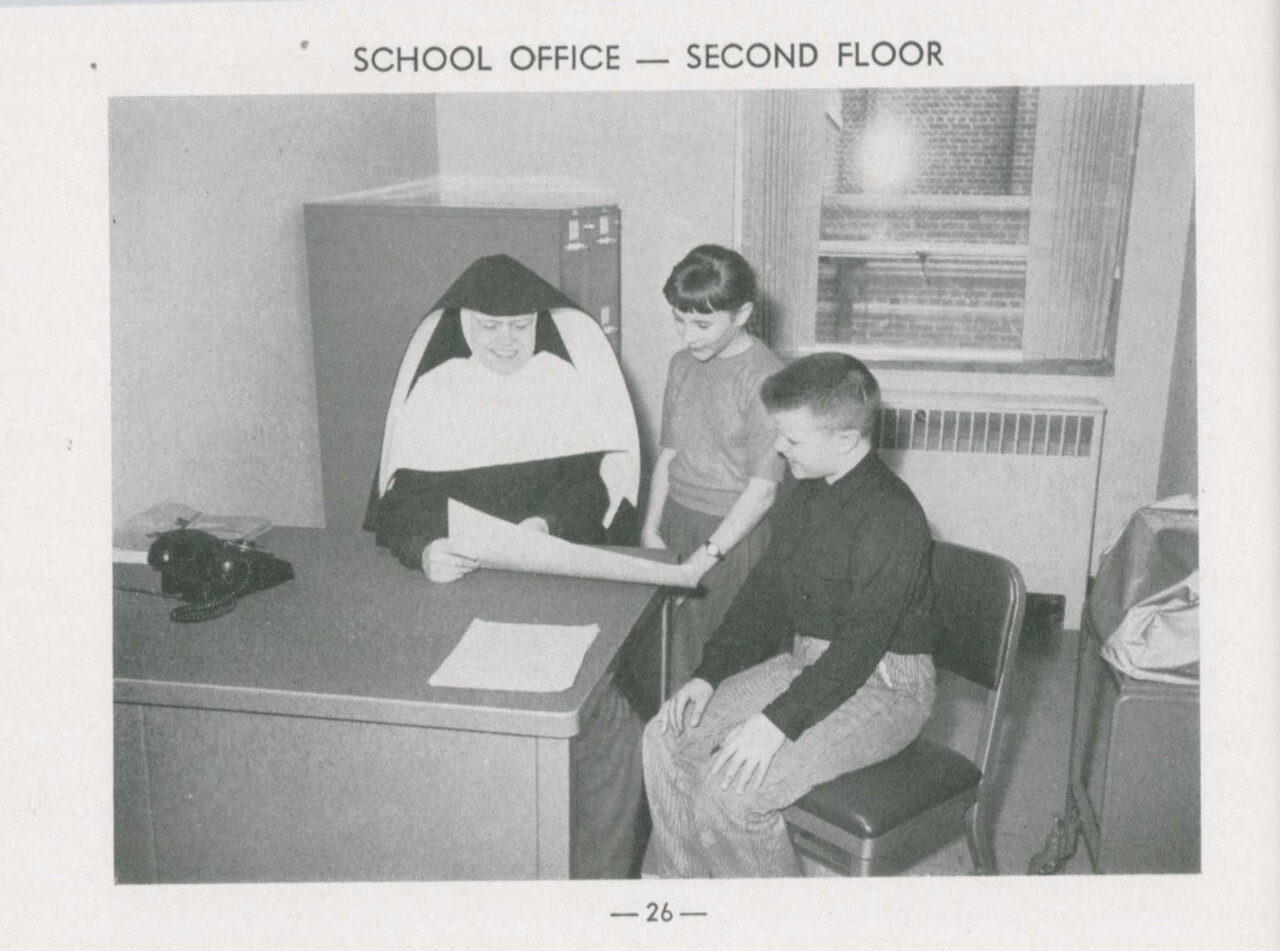
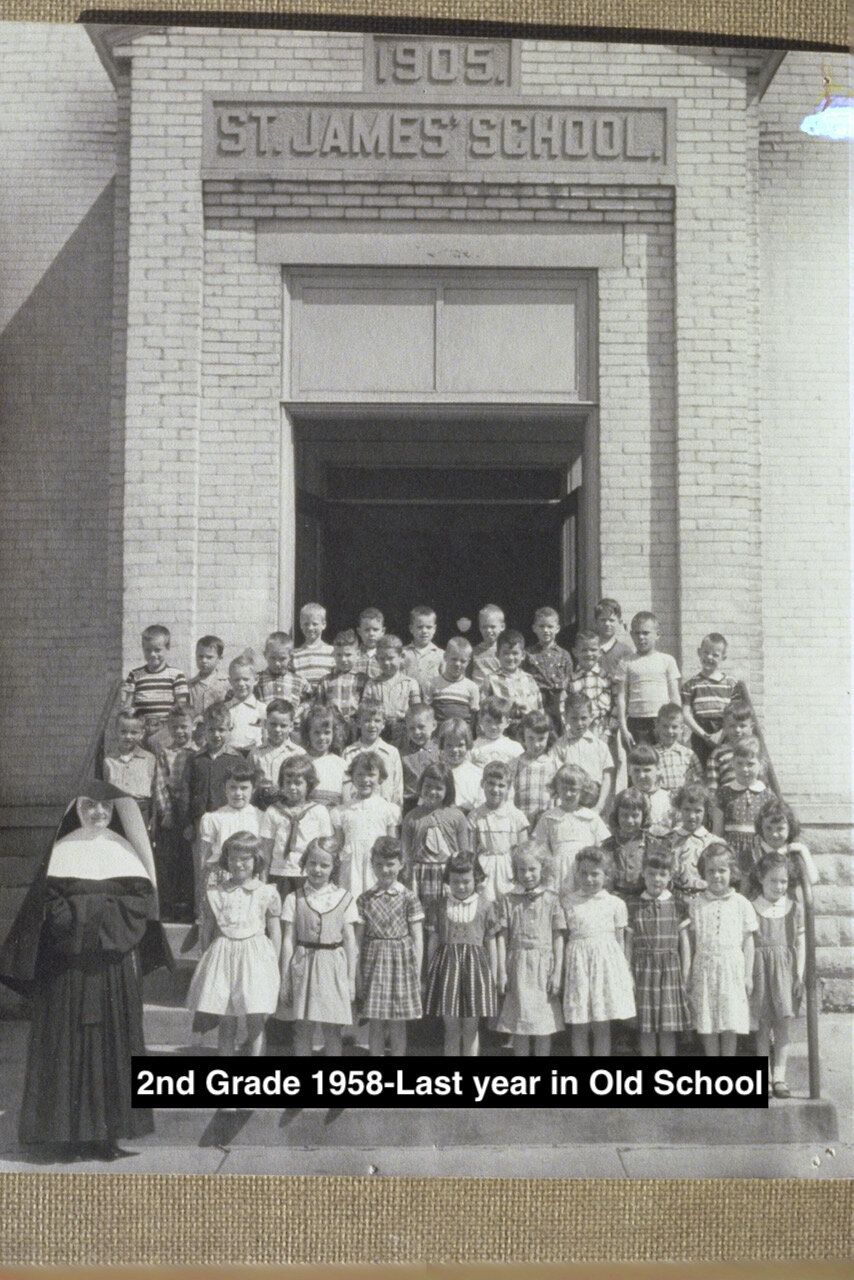
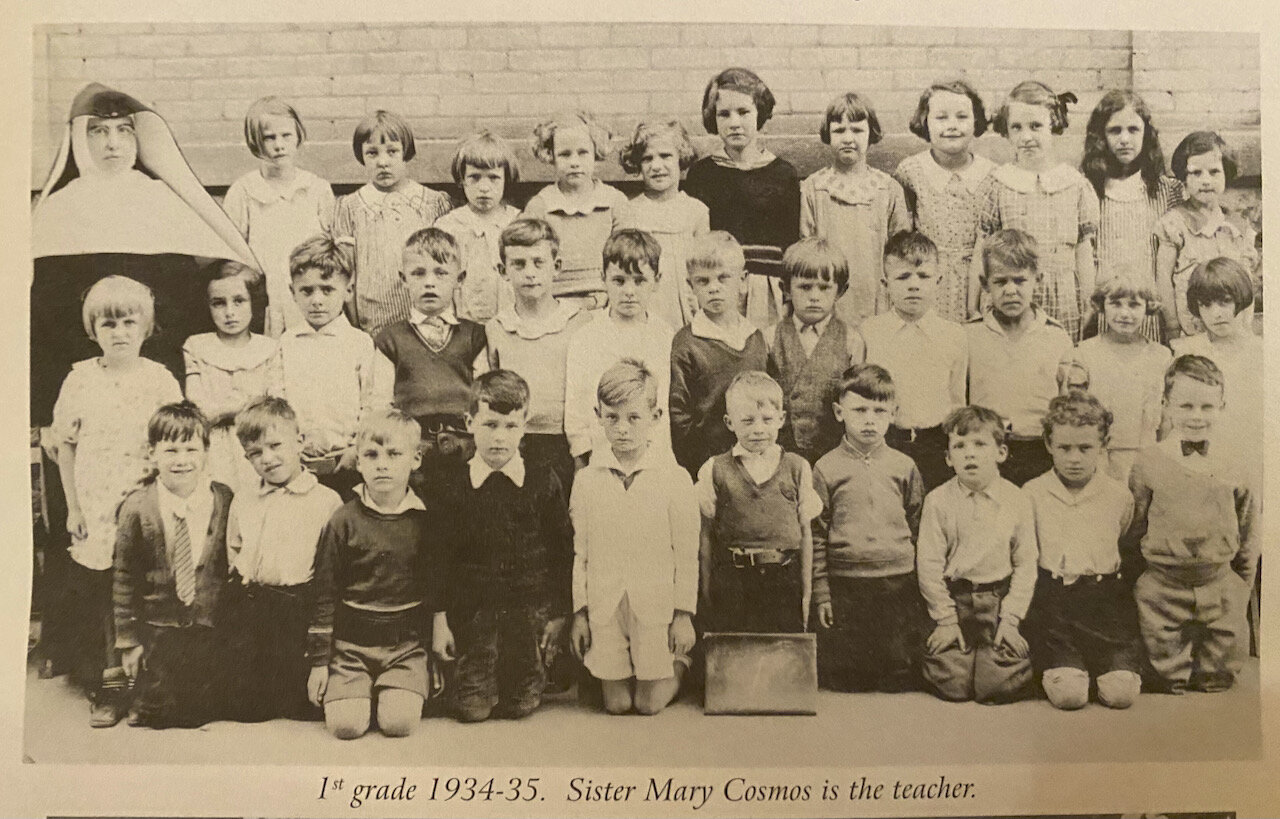
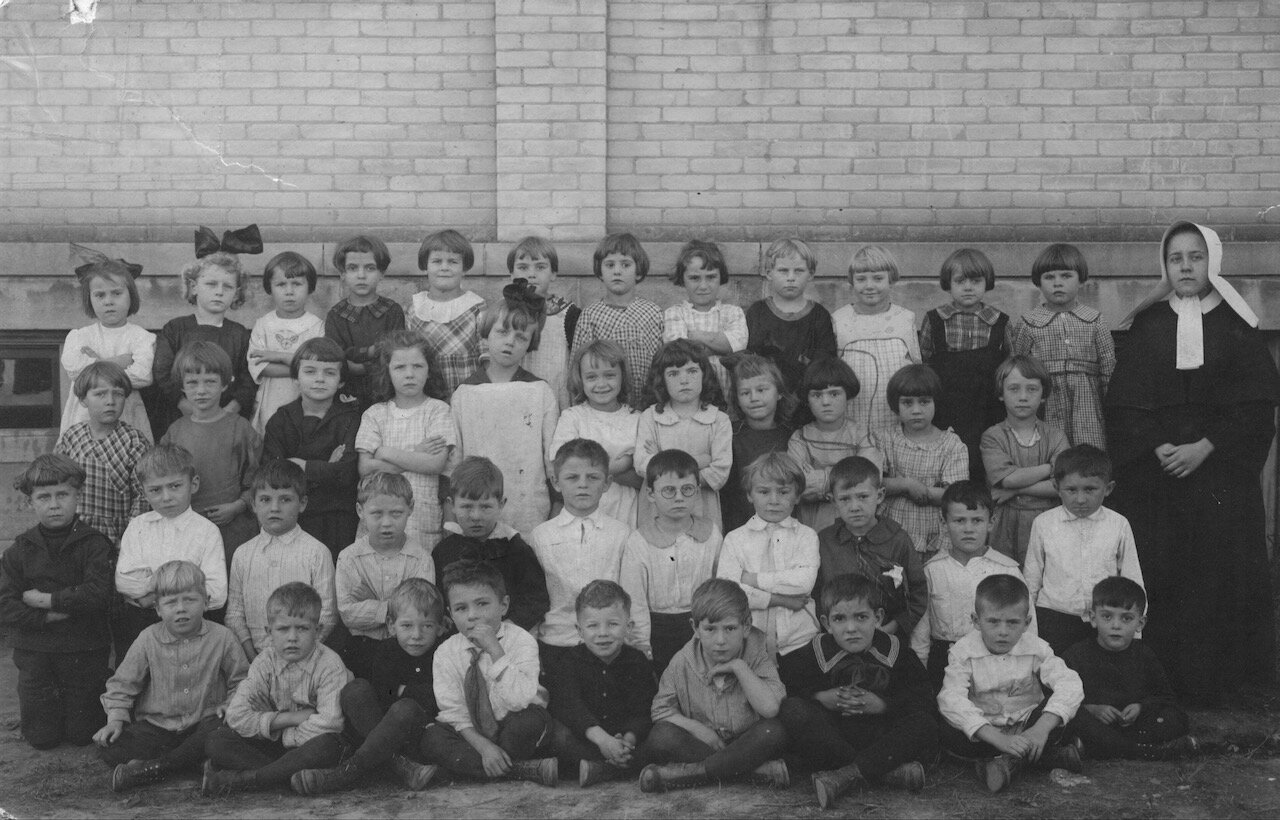
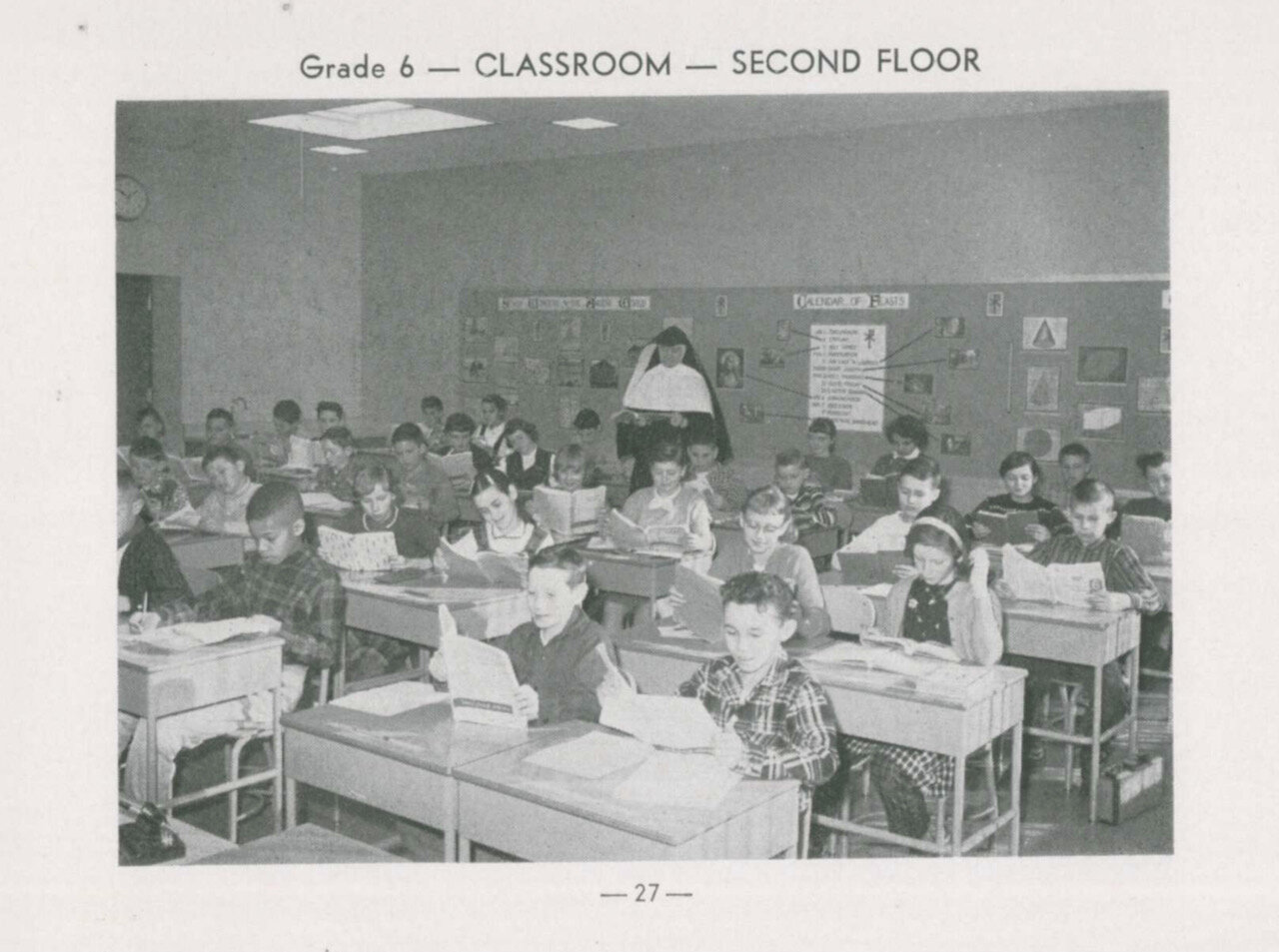
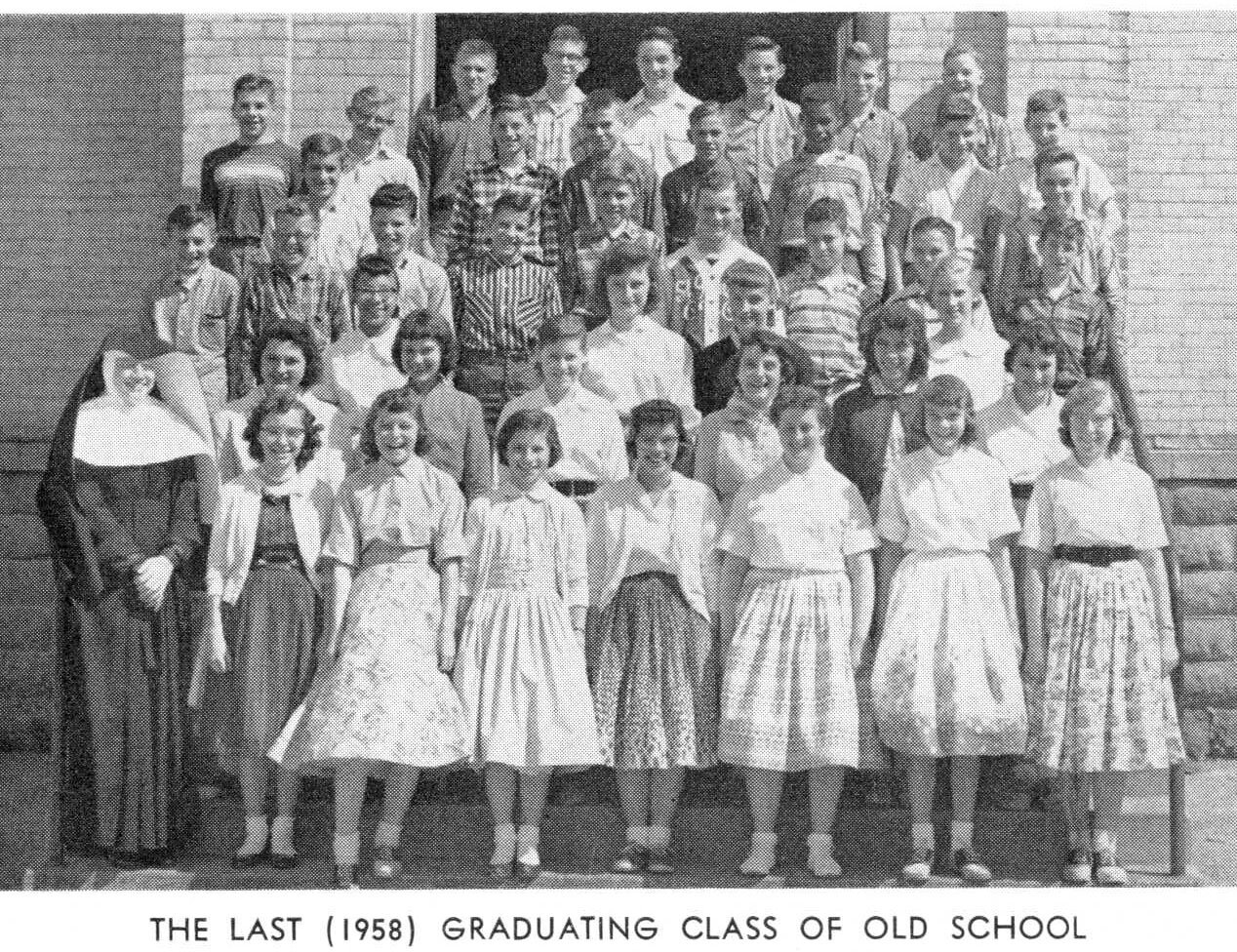

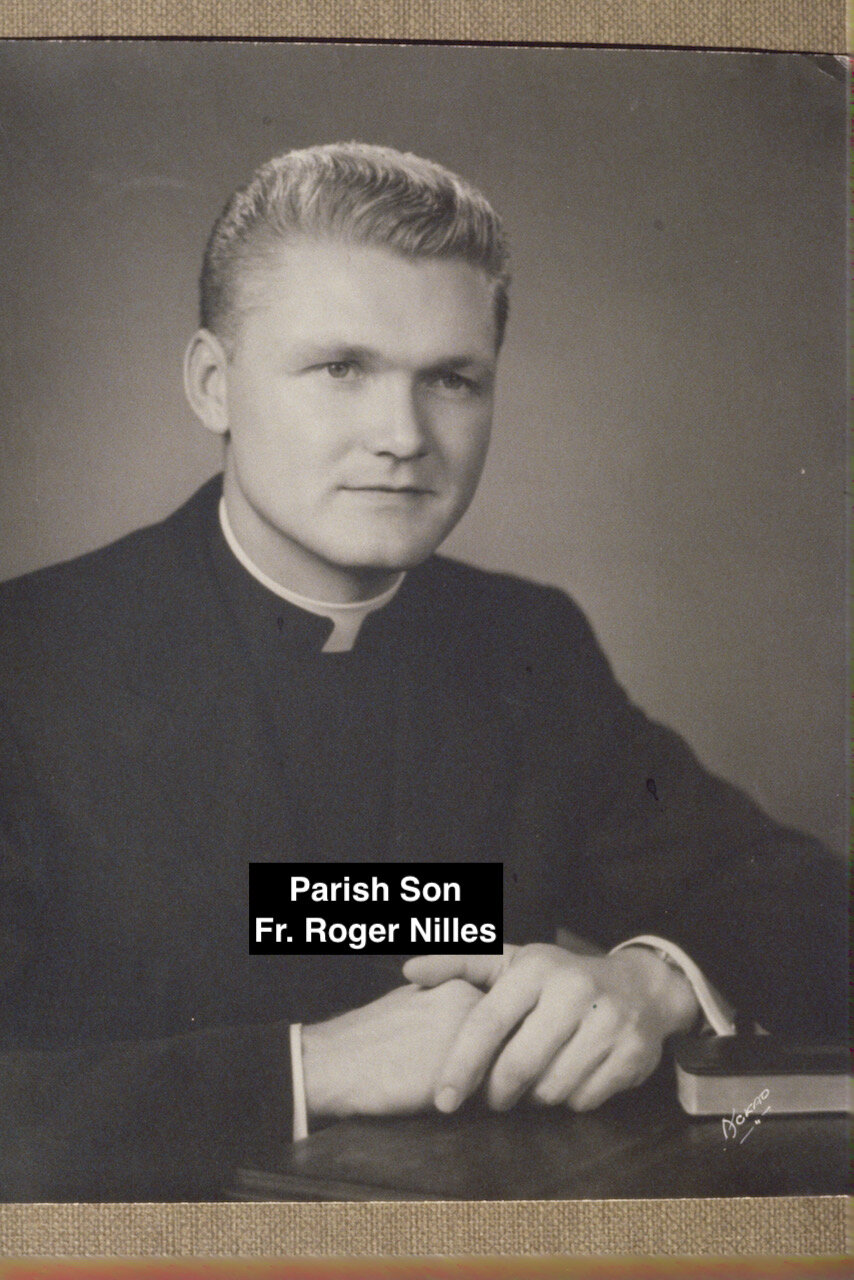
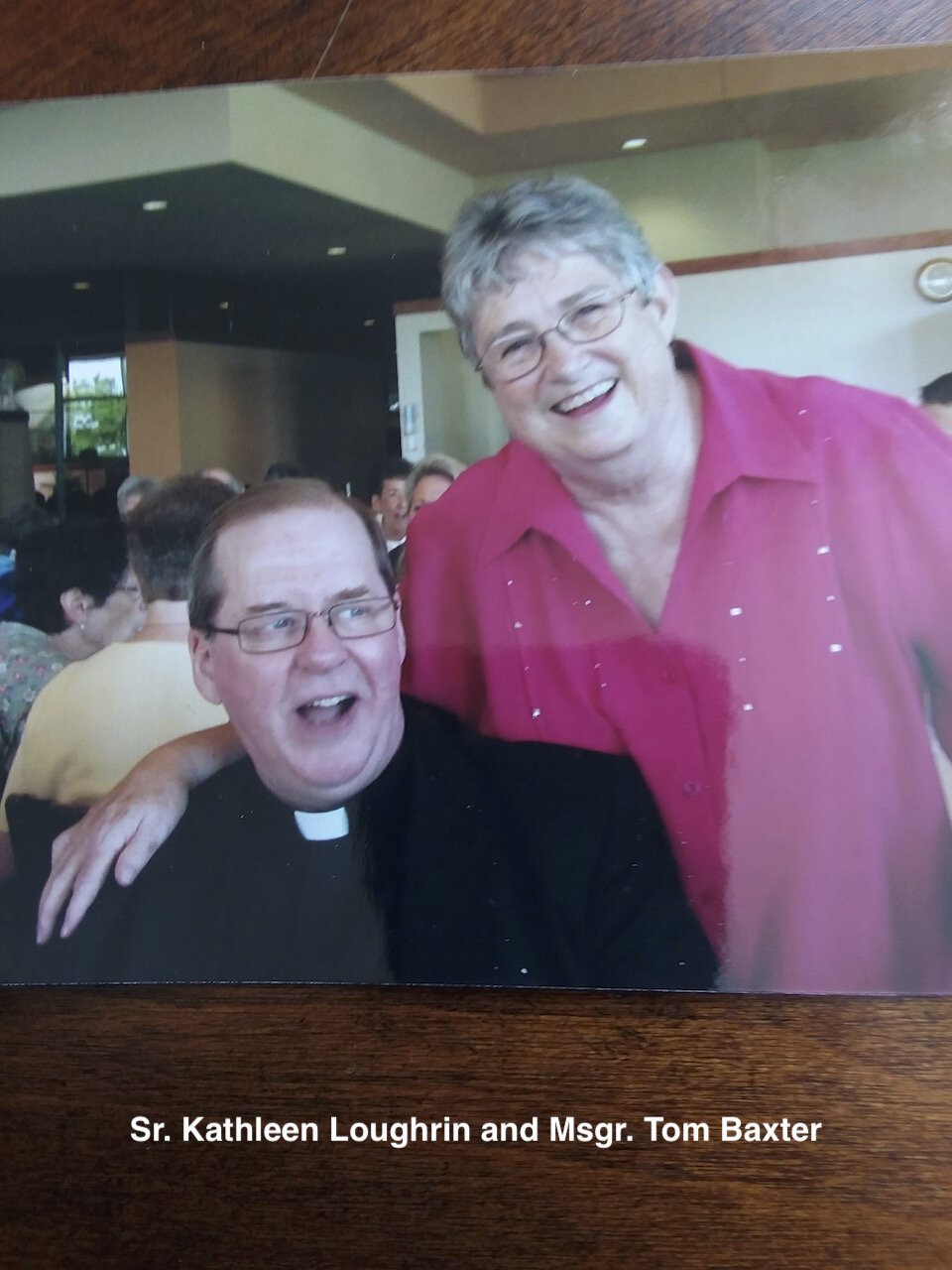
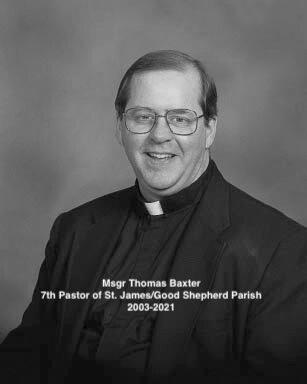
*This accounting is from the Booklet prepared in 1974 to honor the 50 years of the present St. James Church which was completed in 1924. This accounting was authored by Mr. William Kleinheinz.
